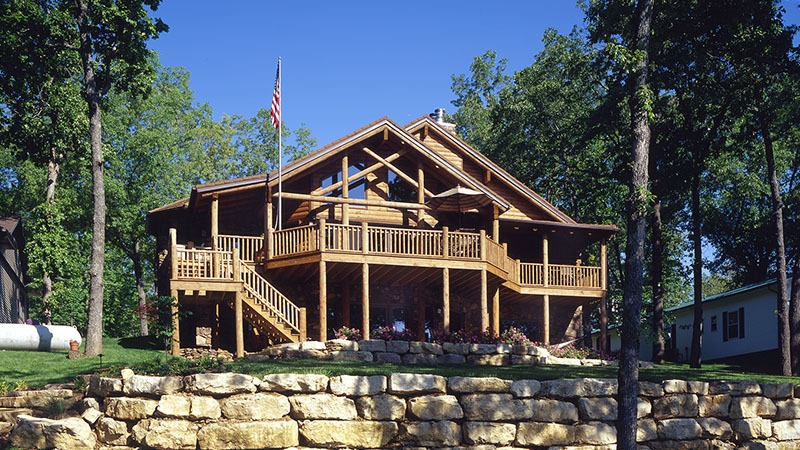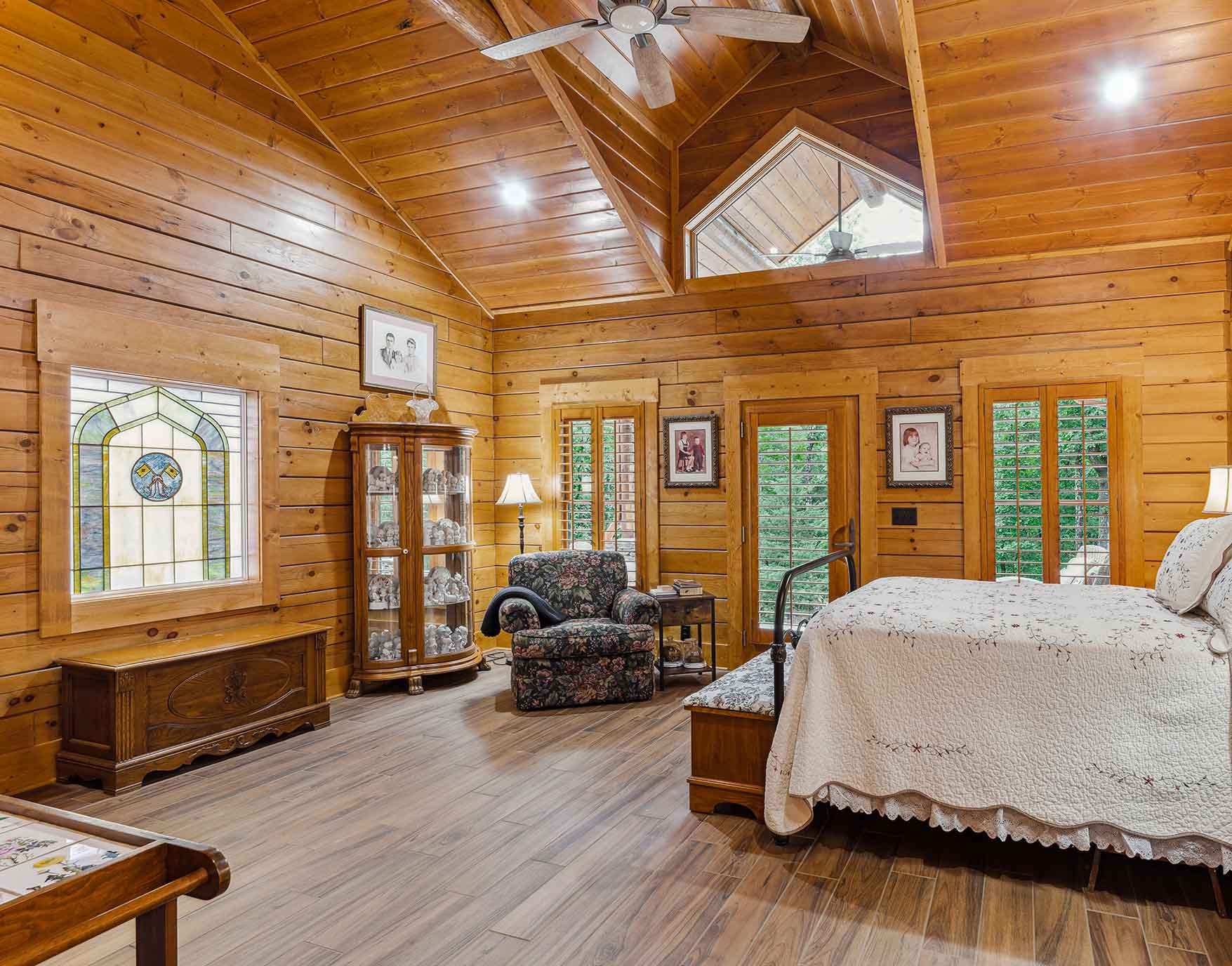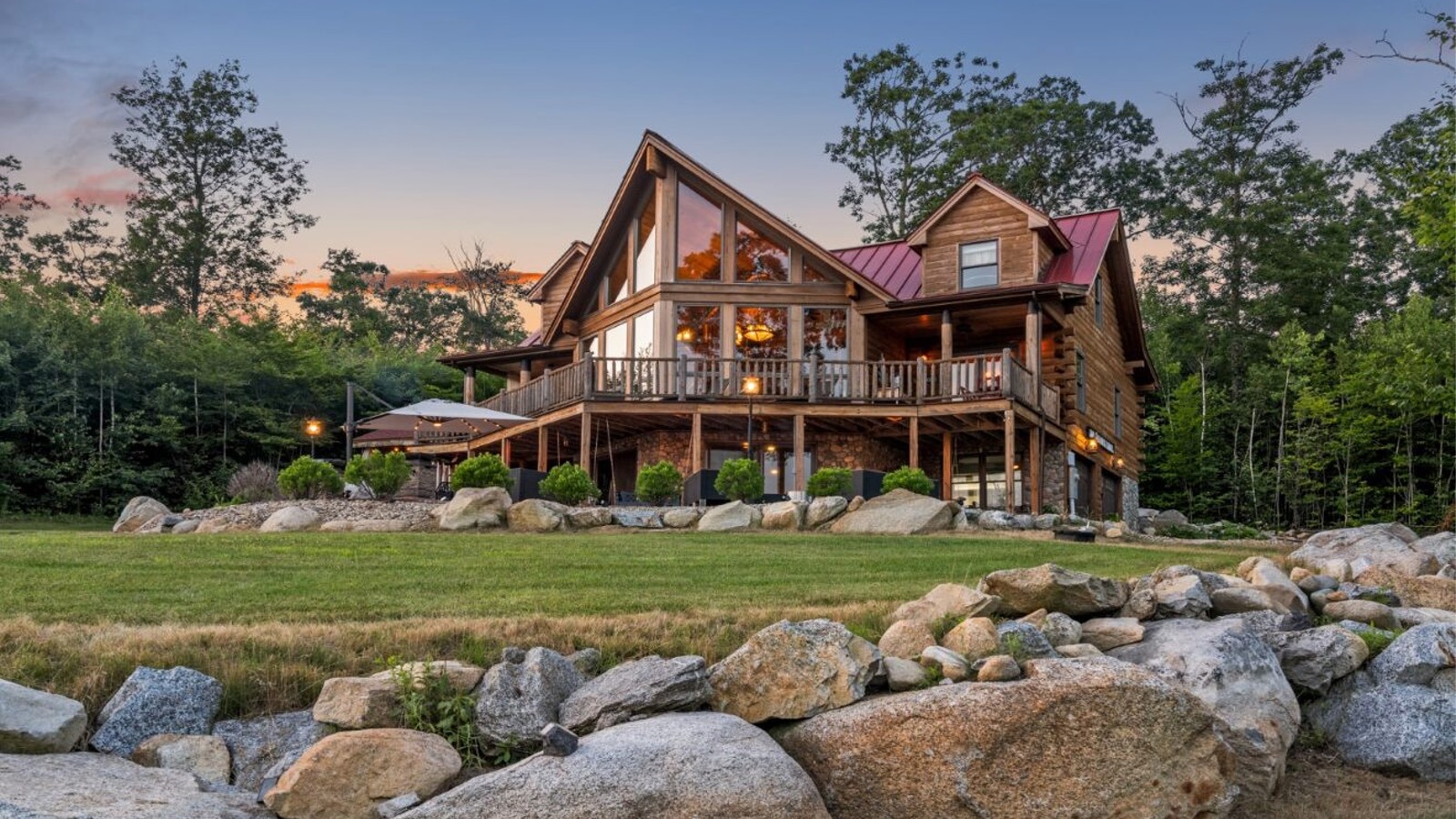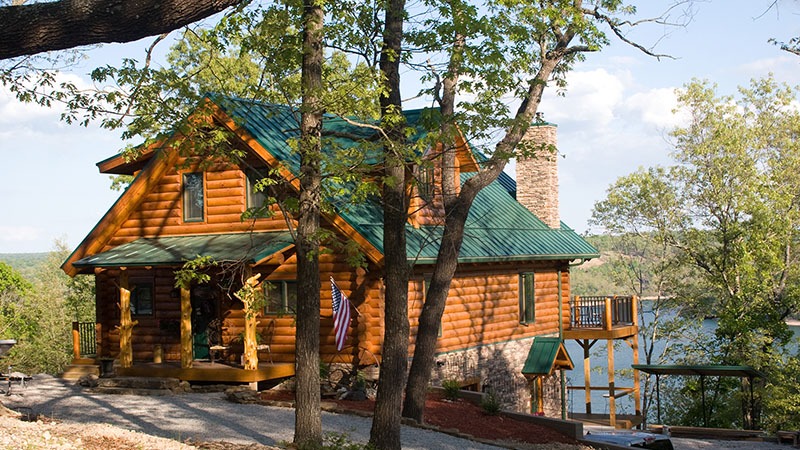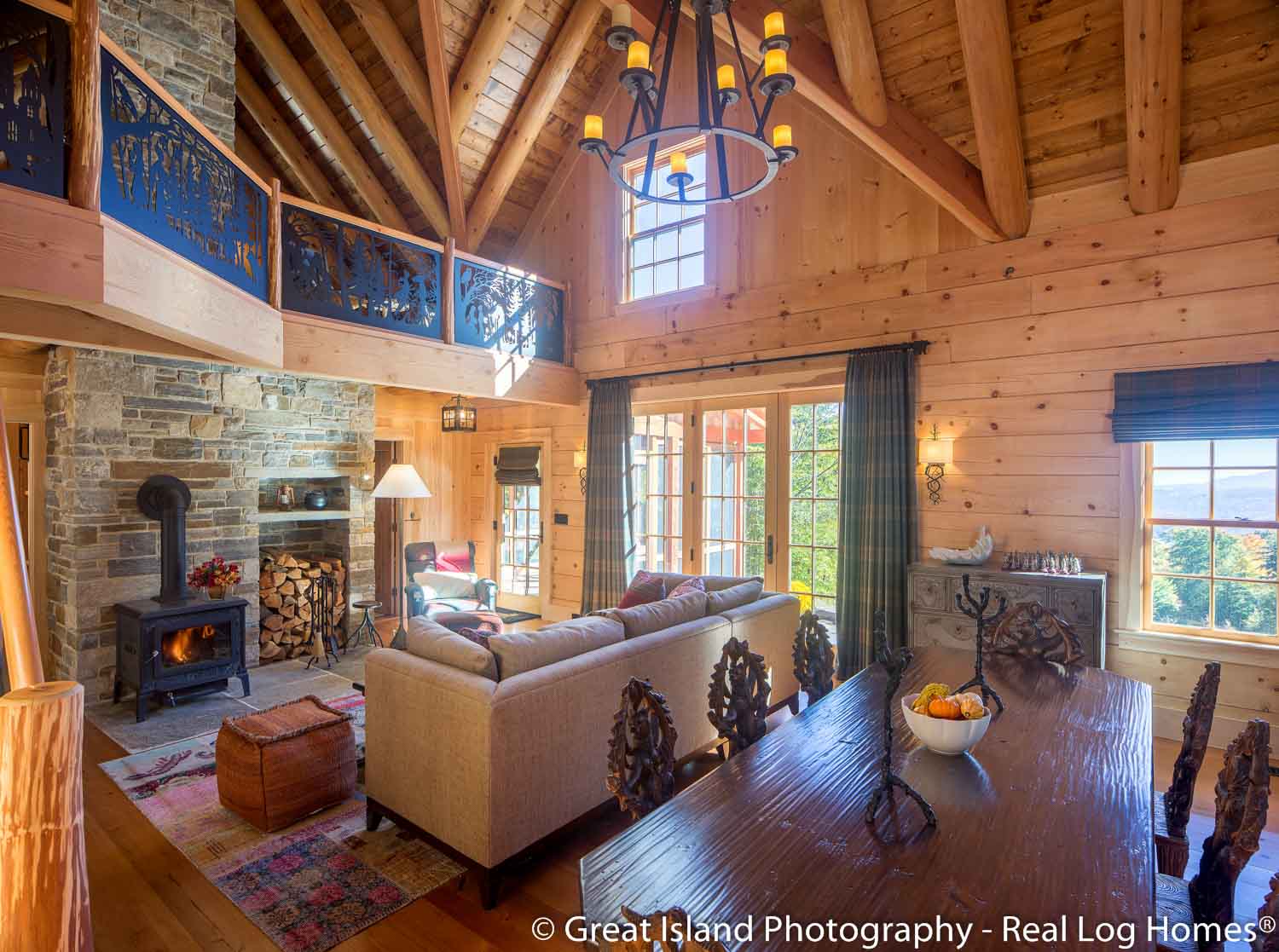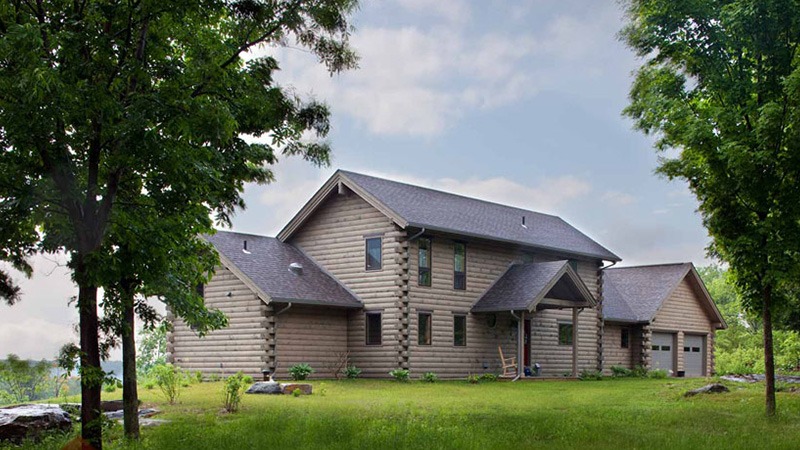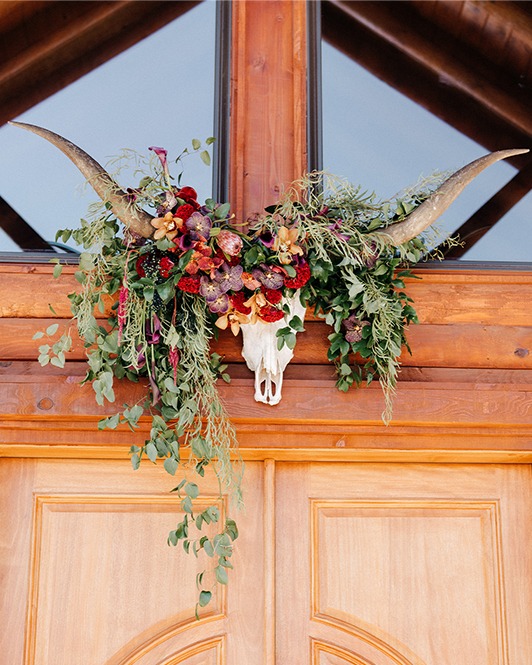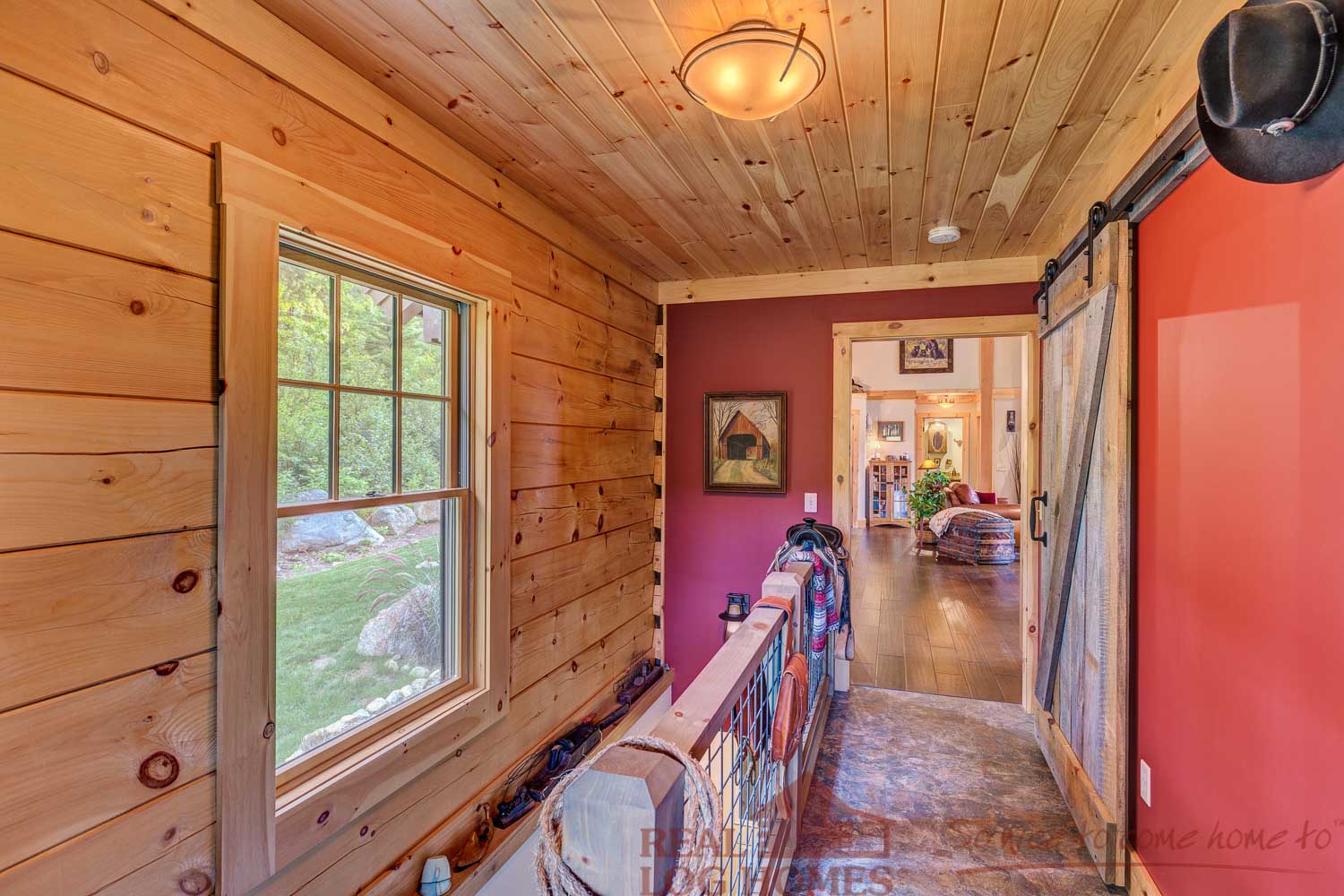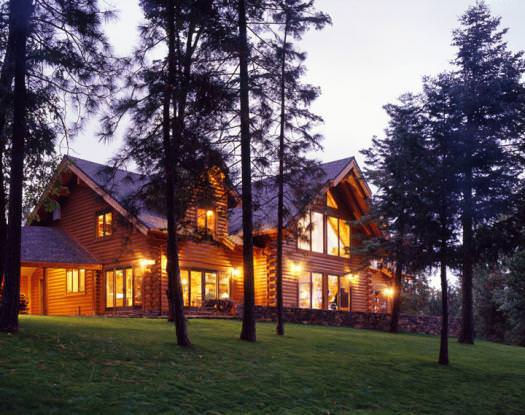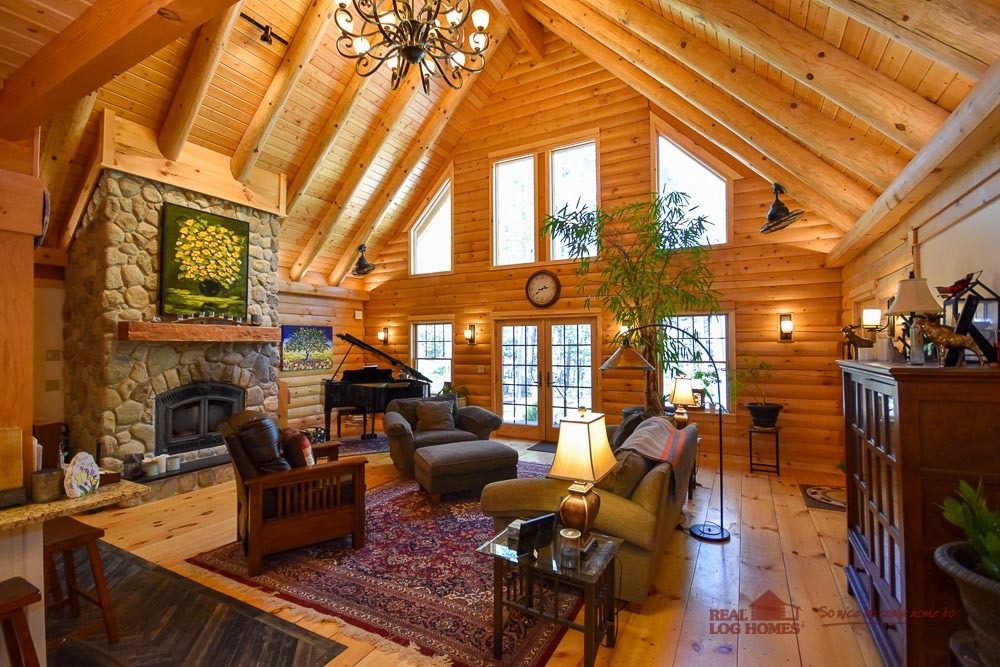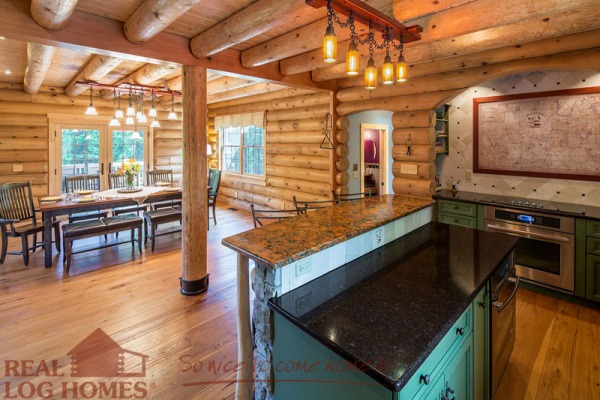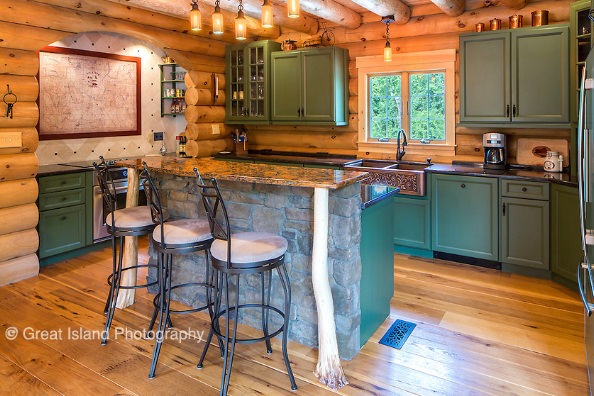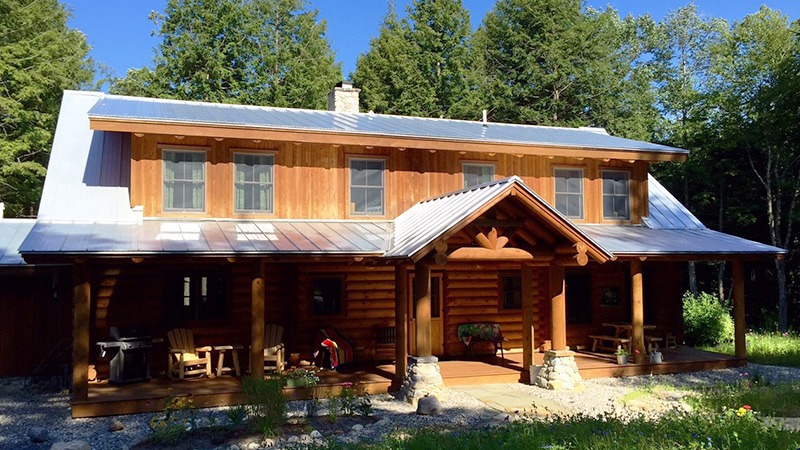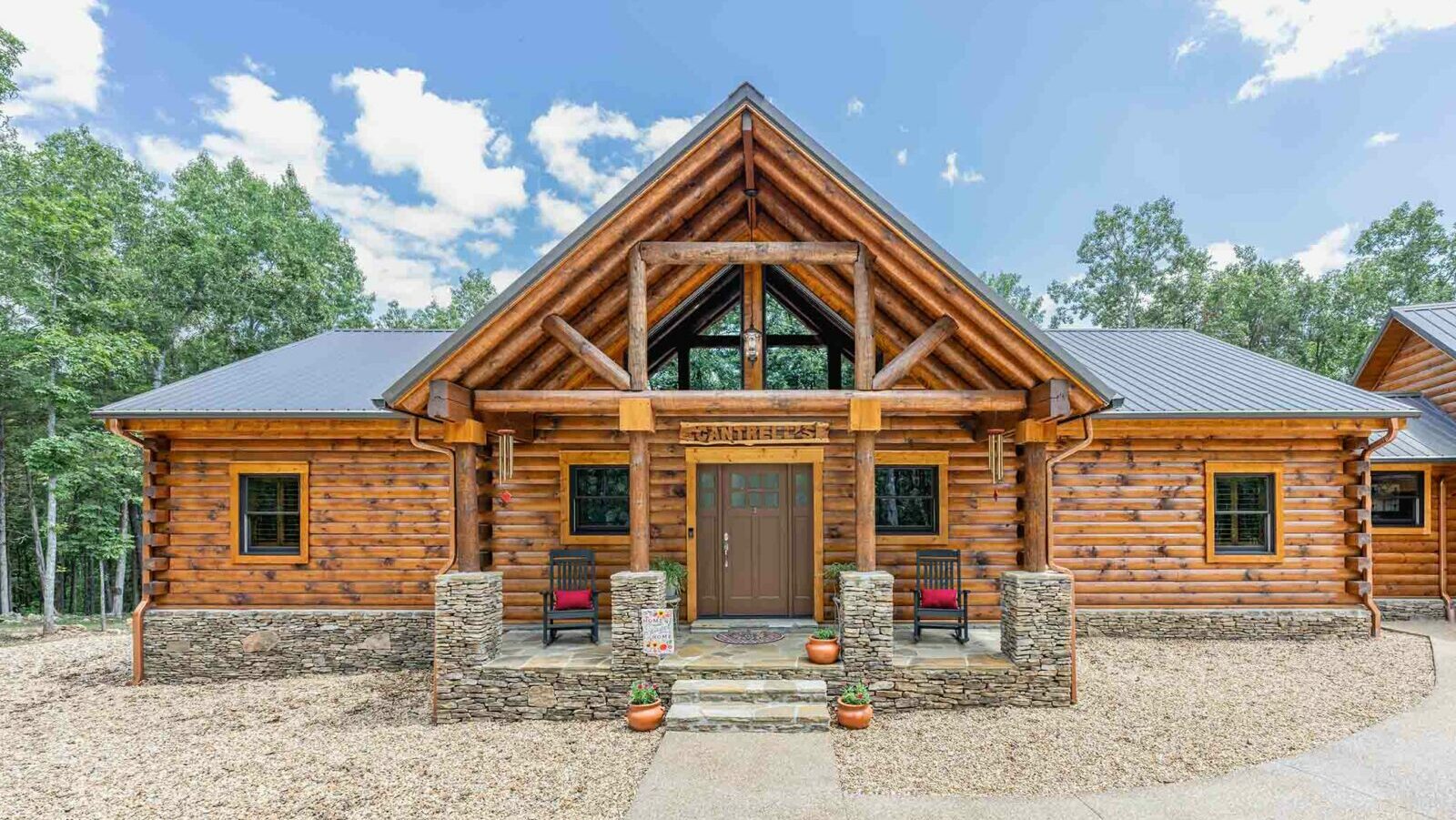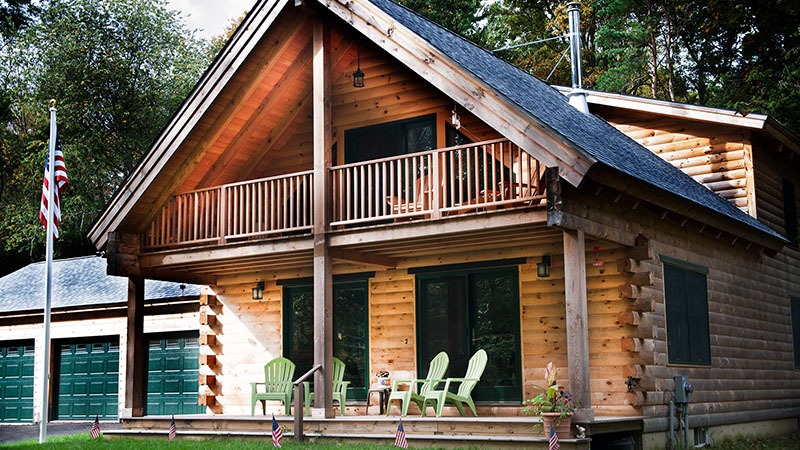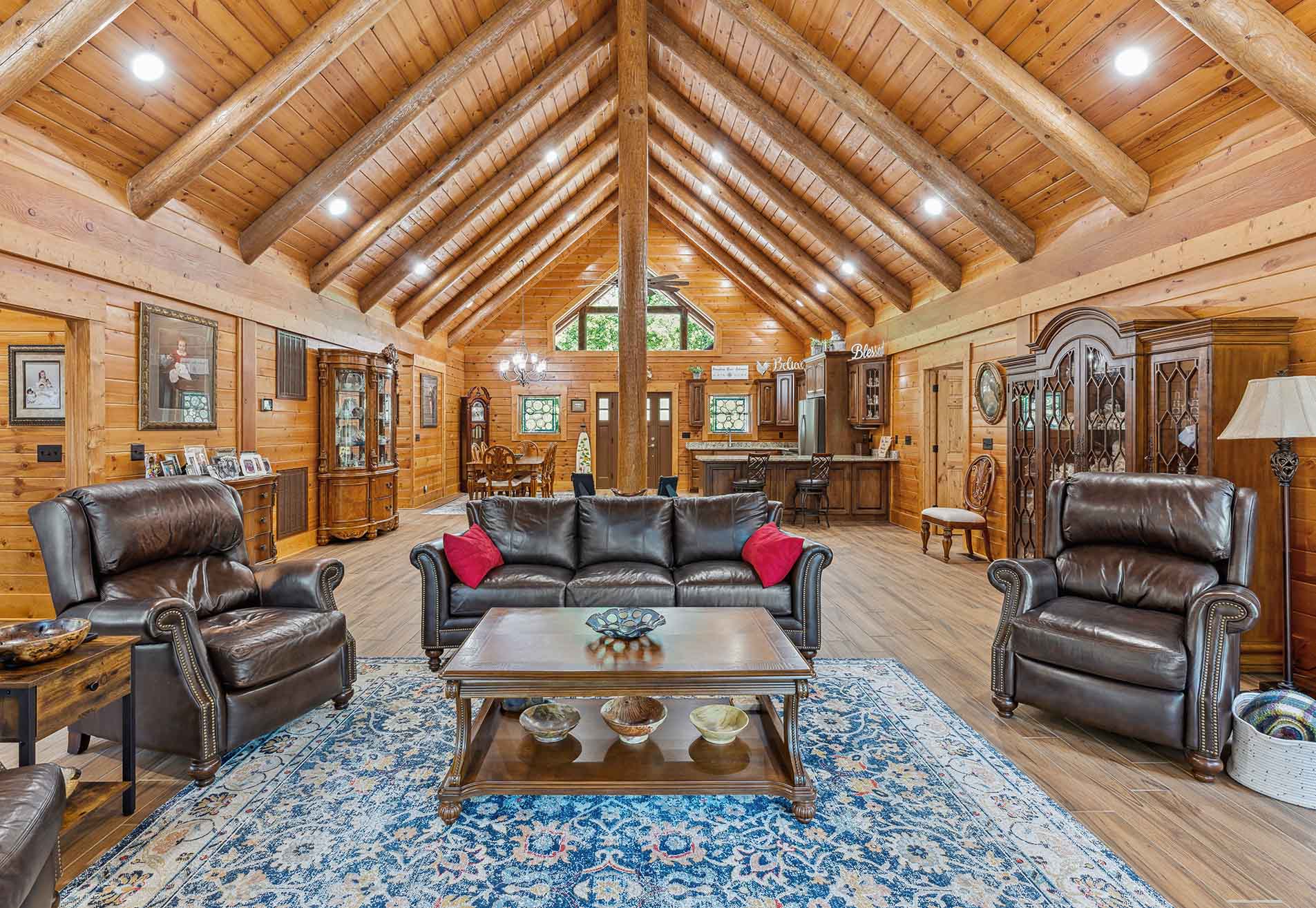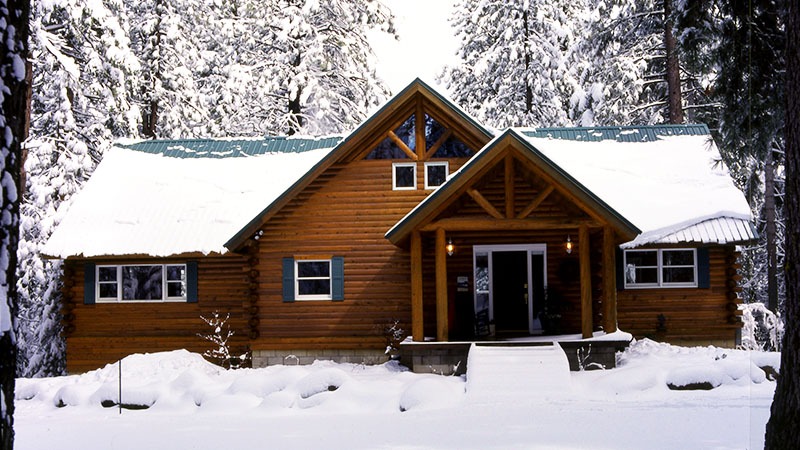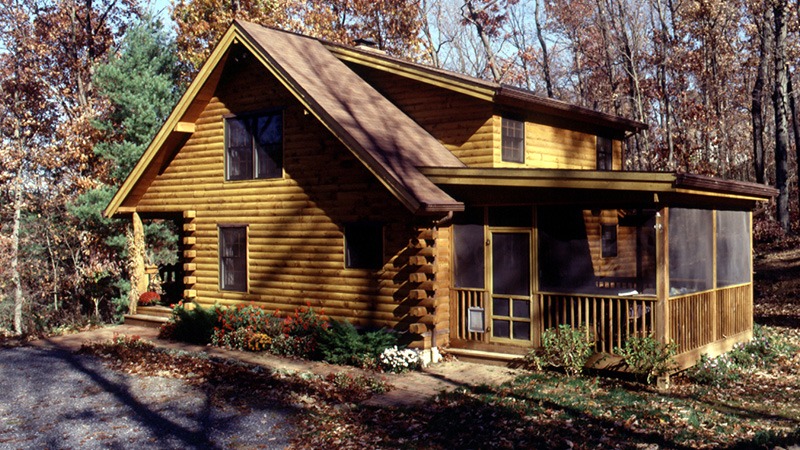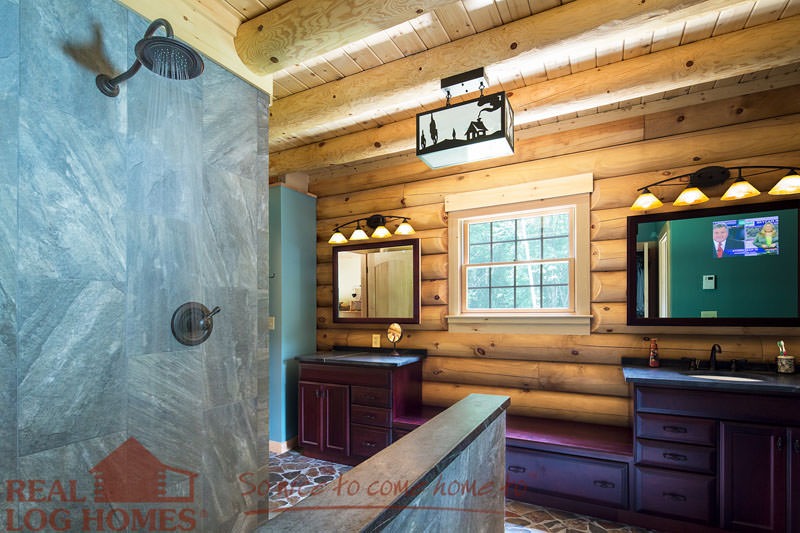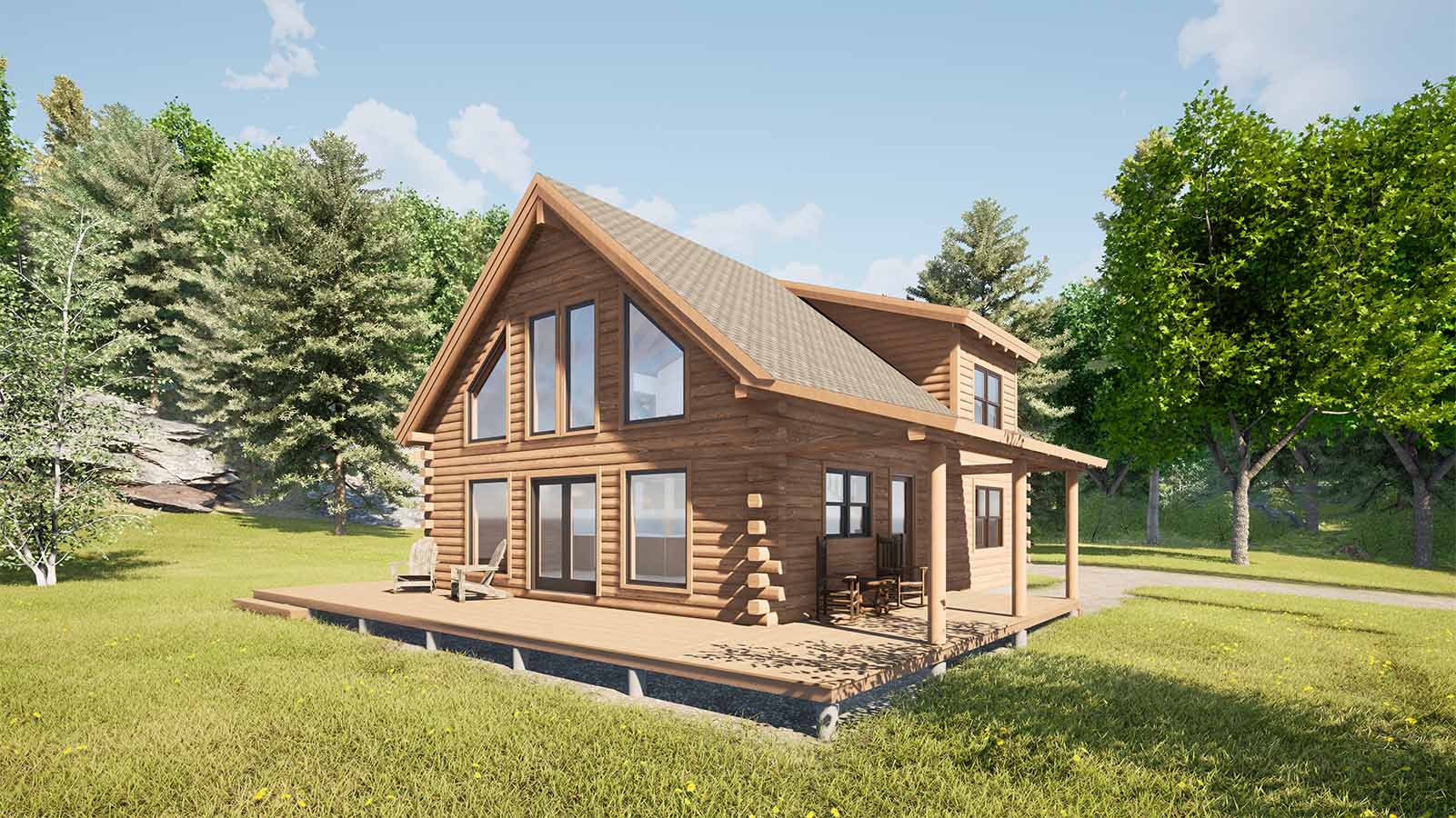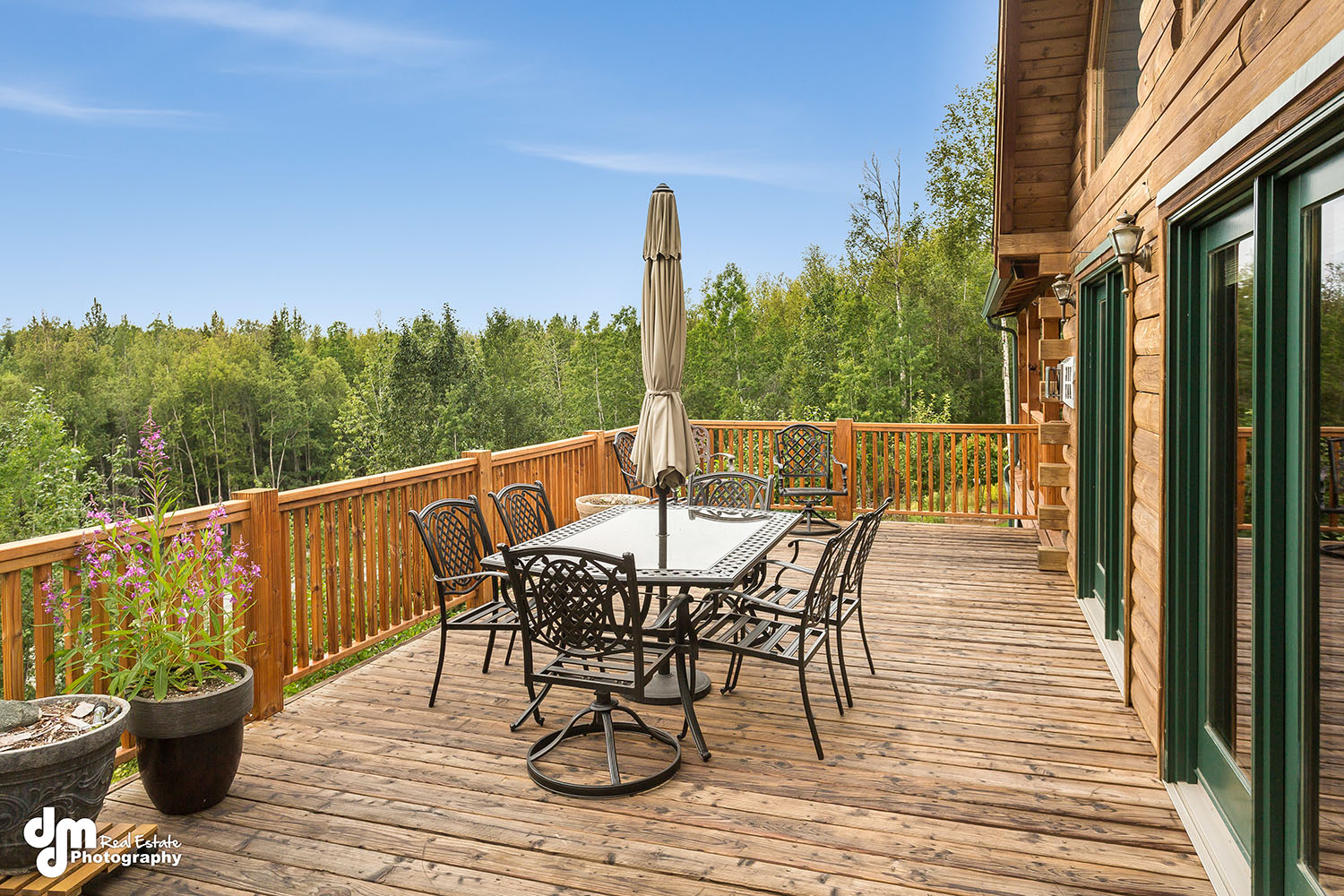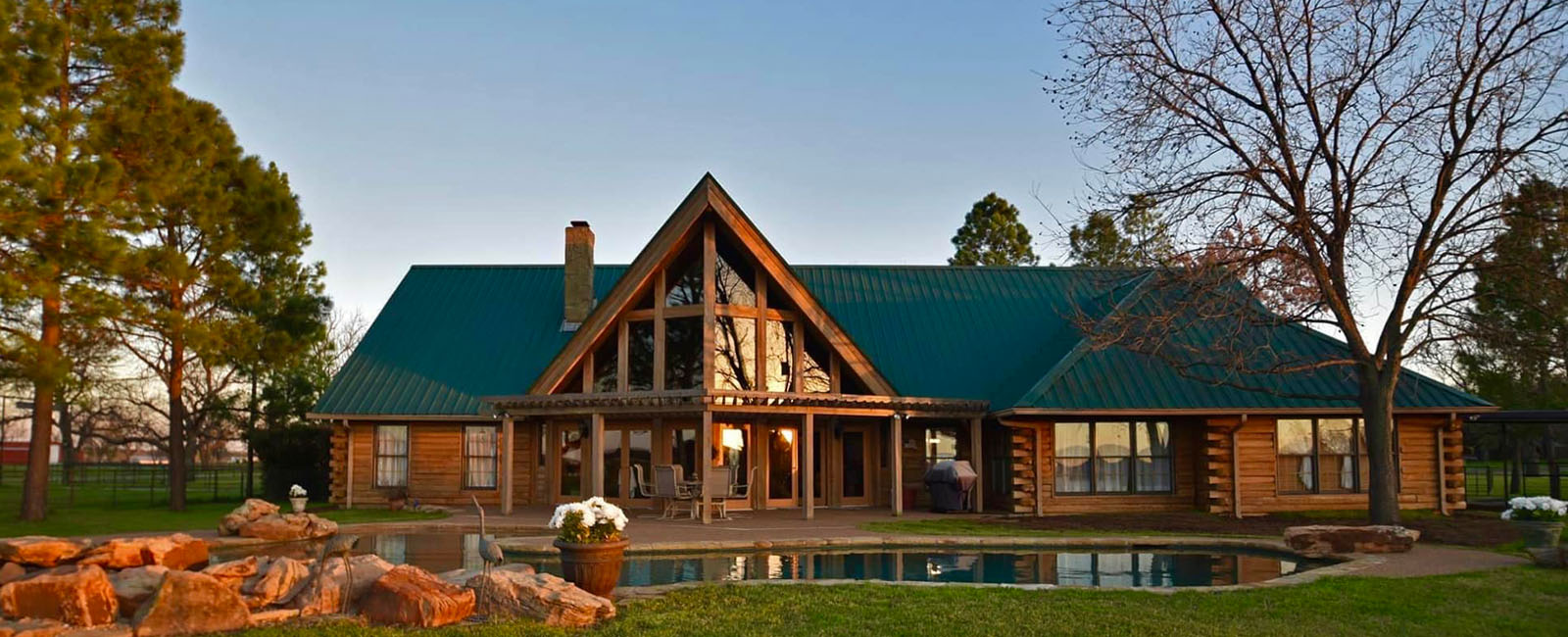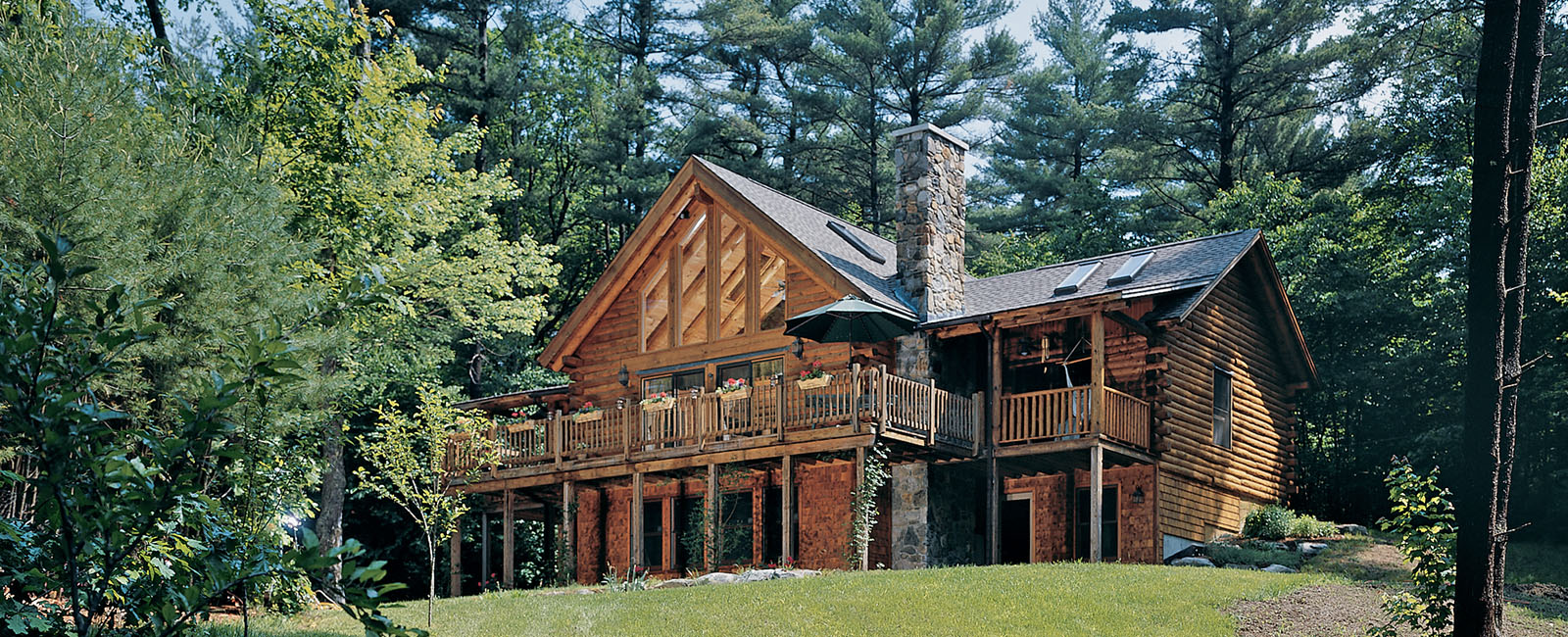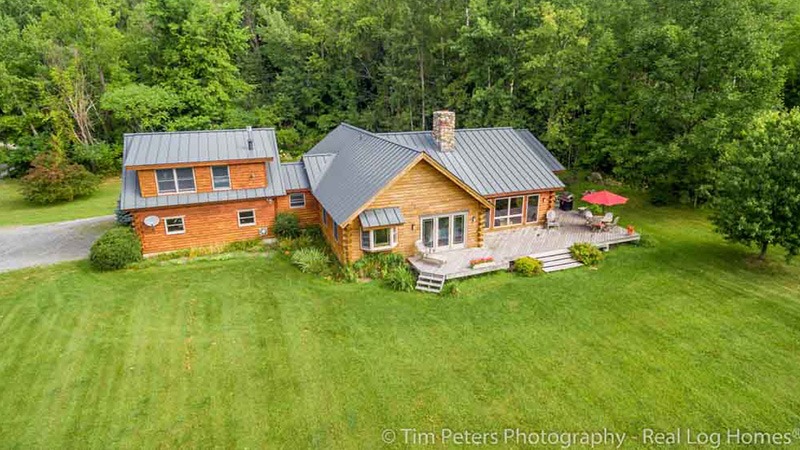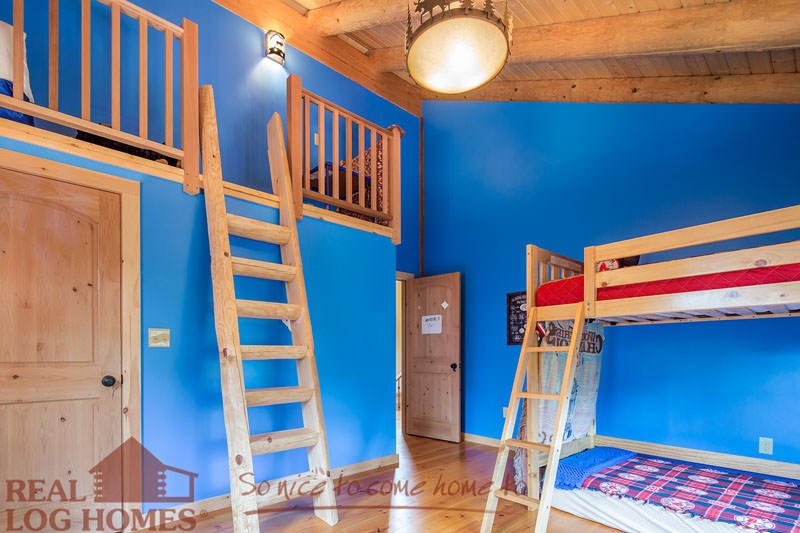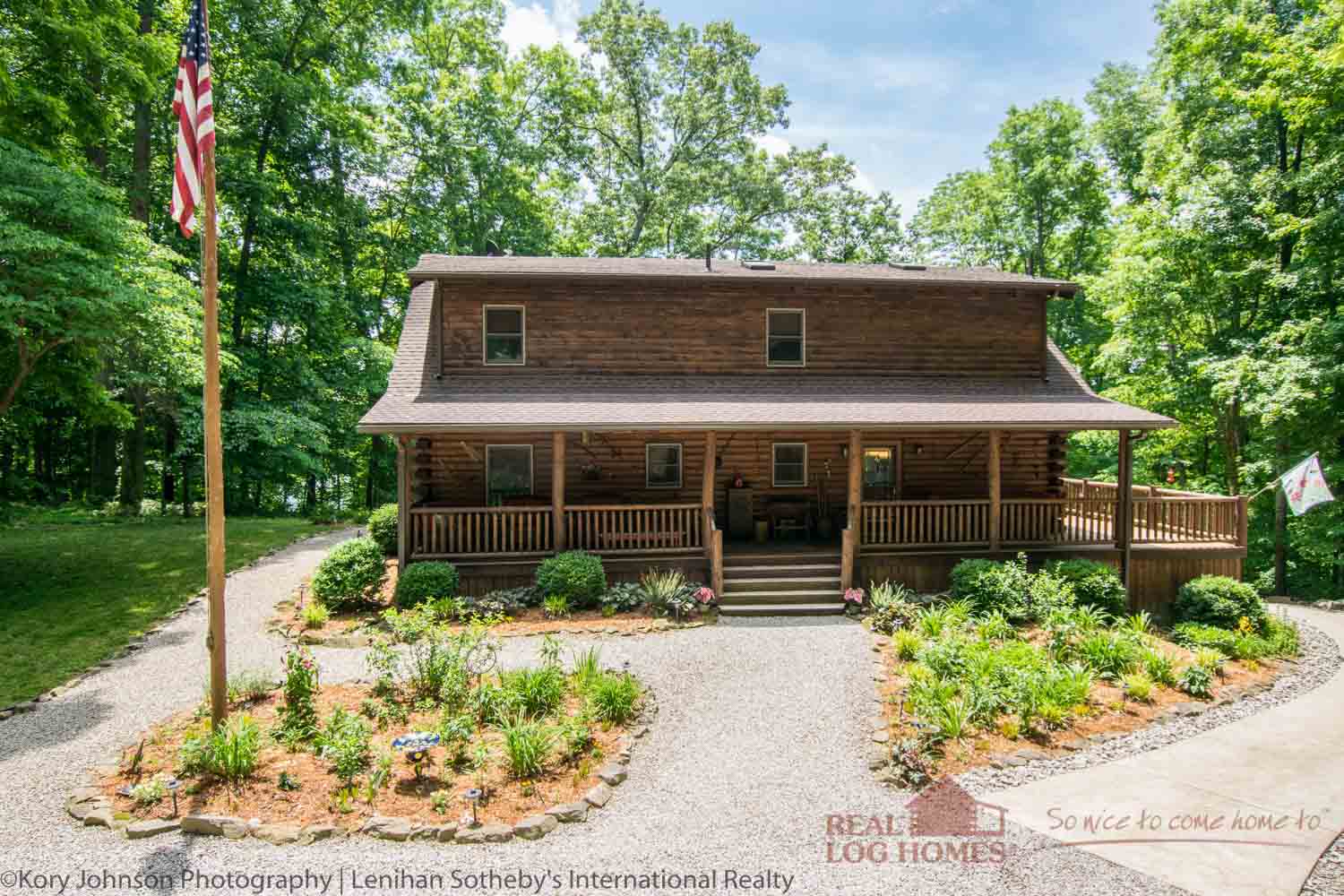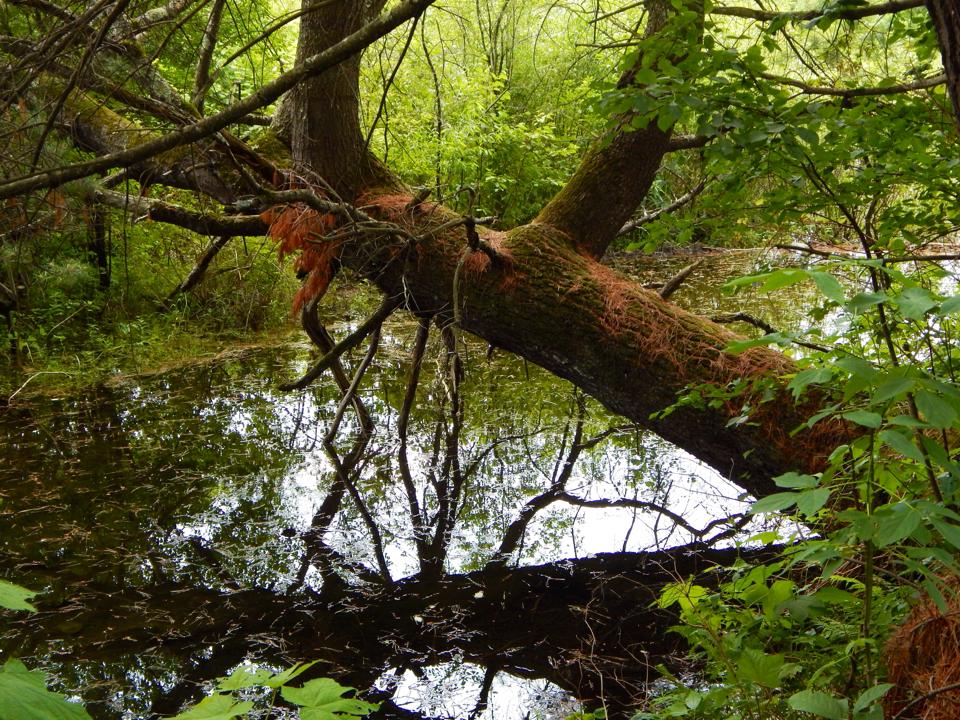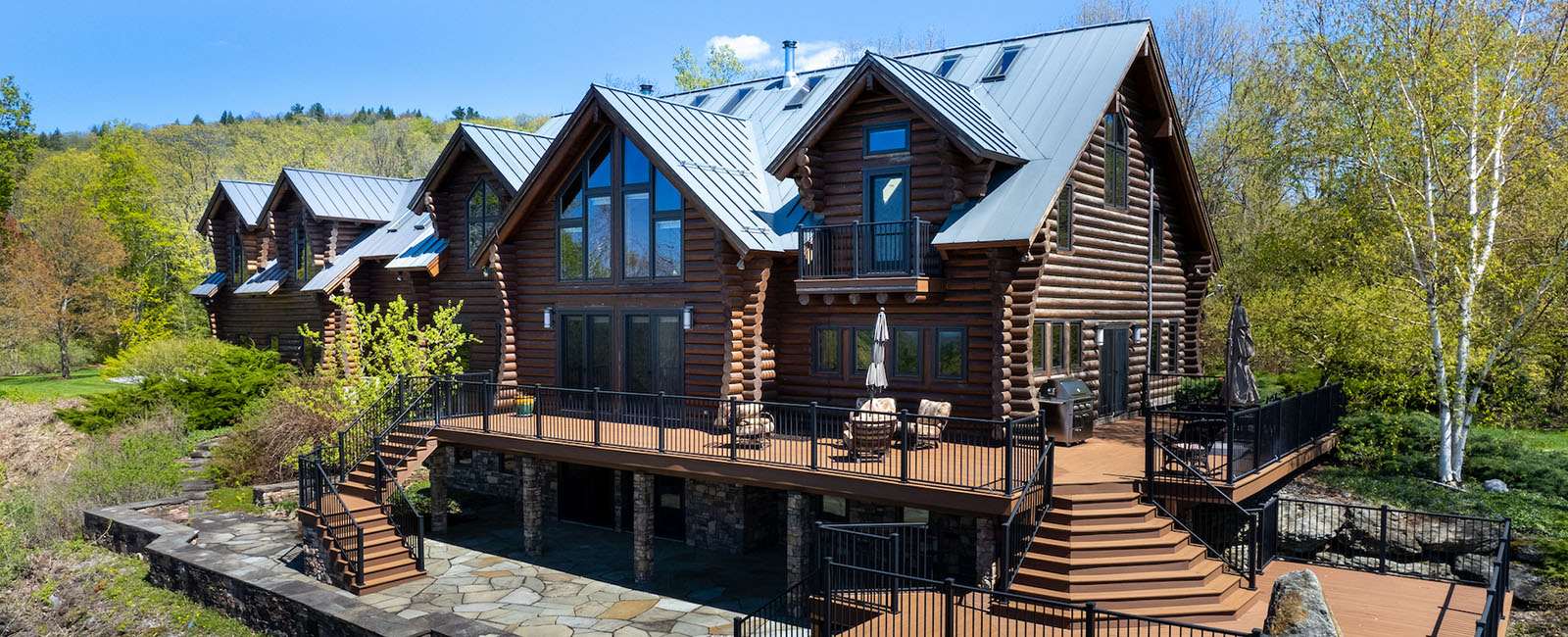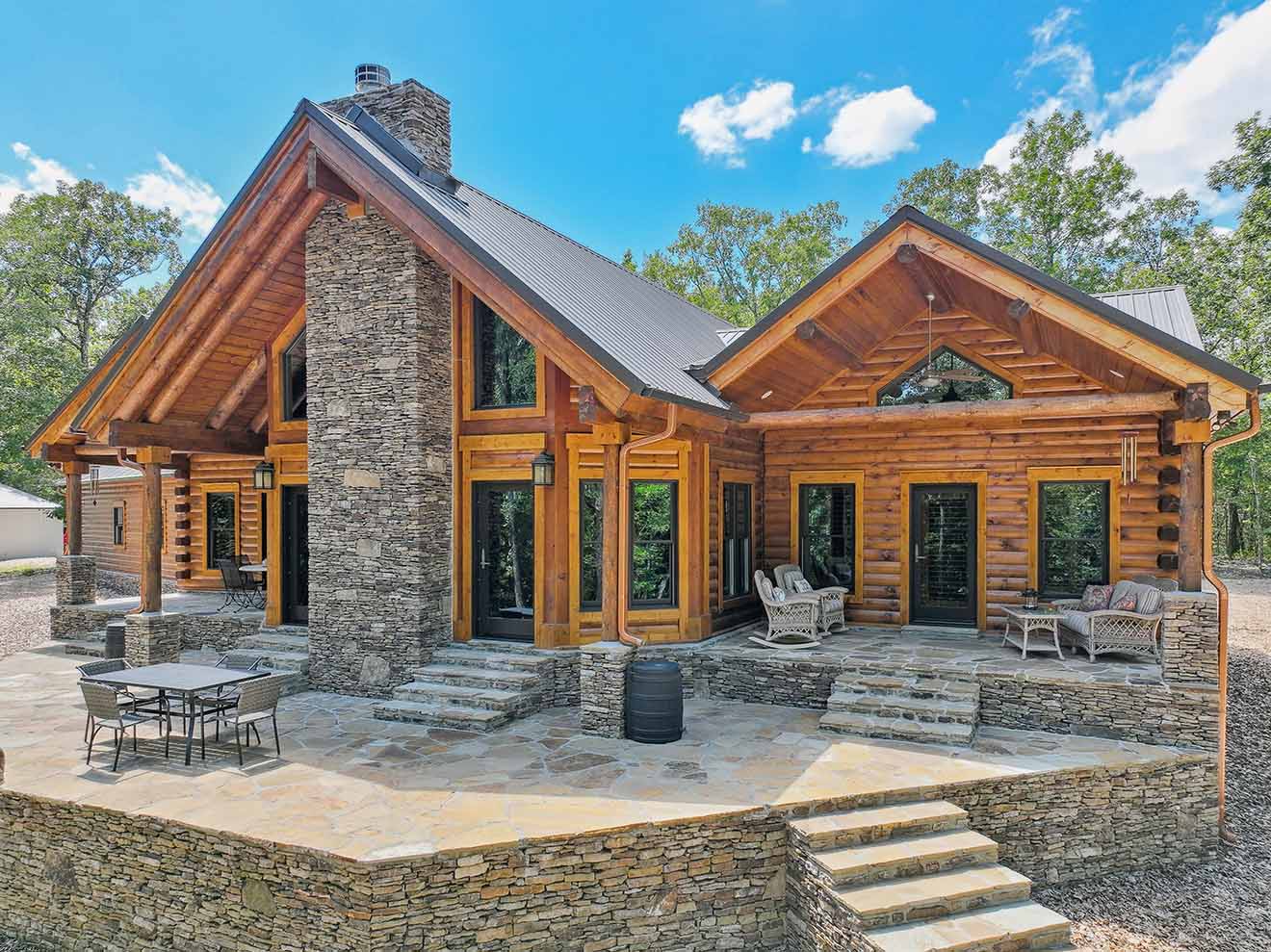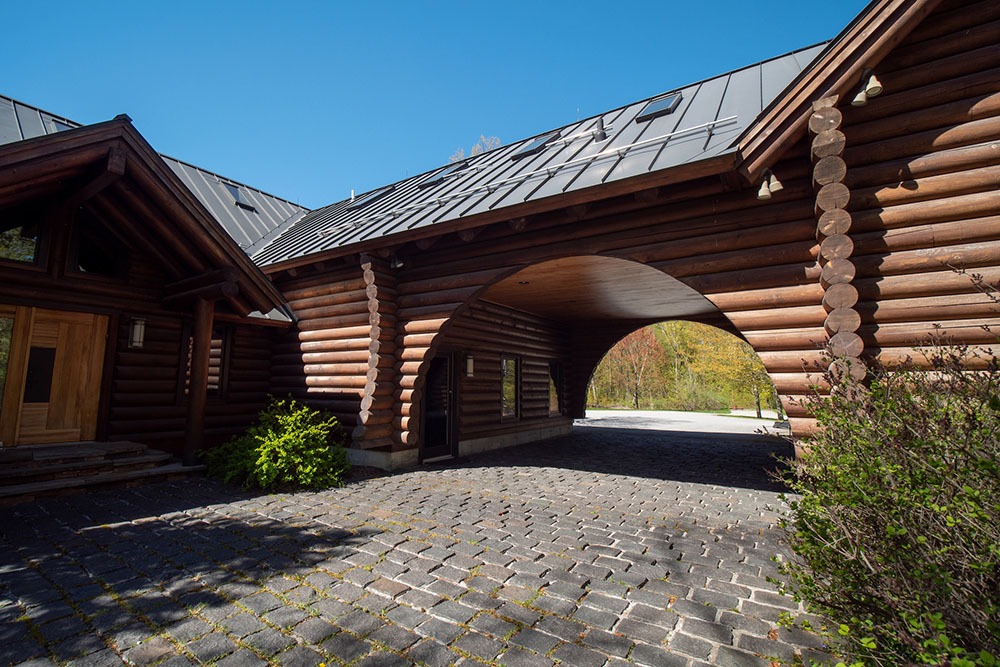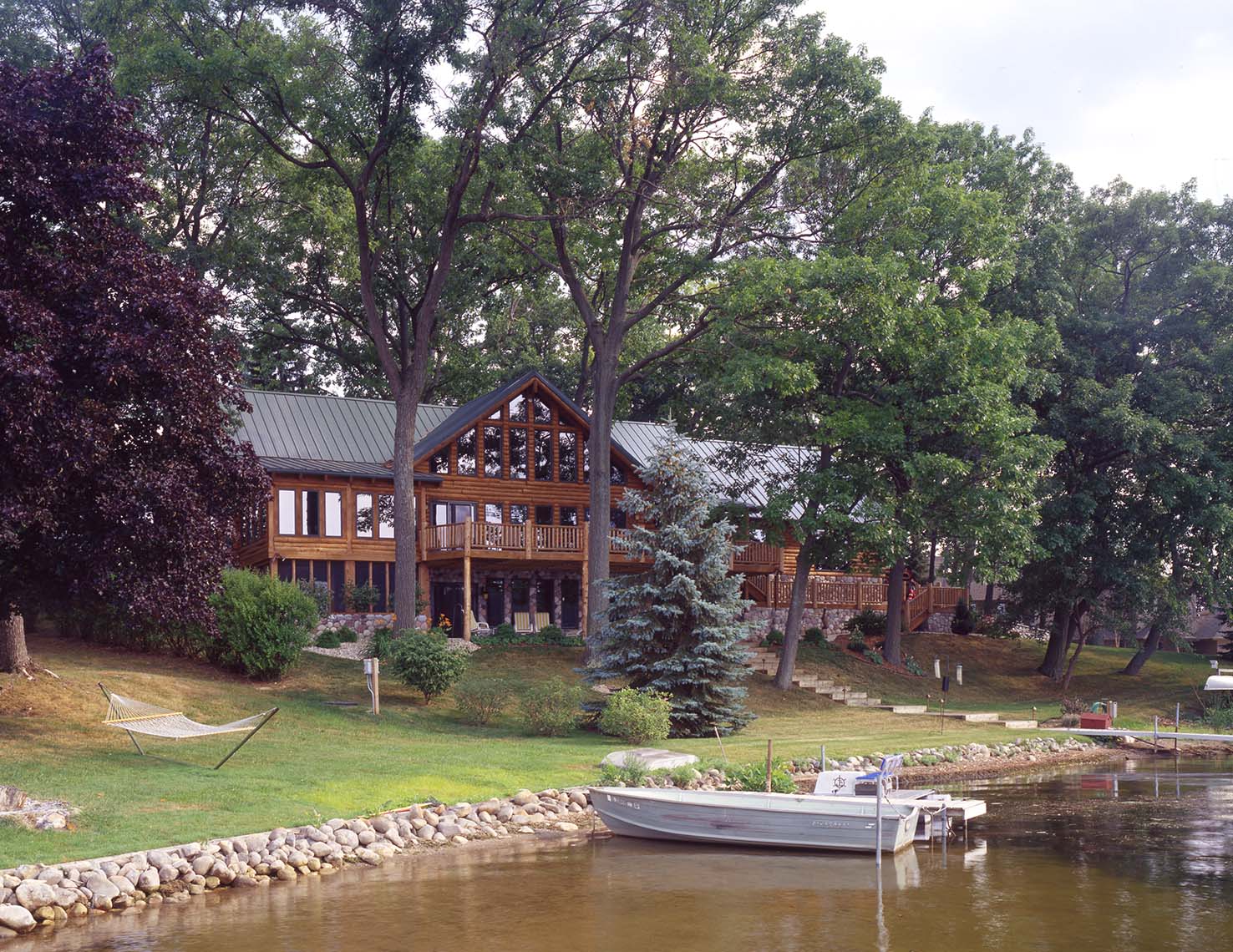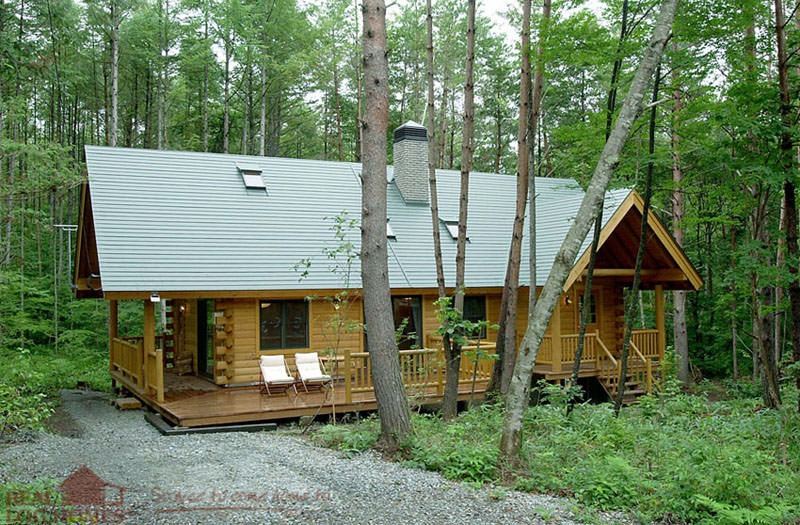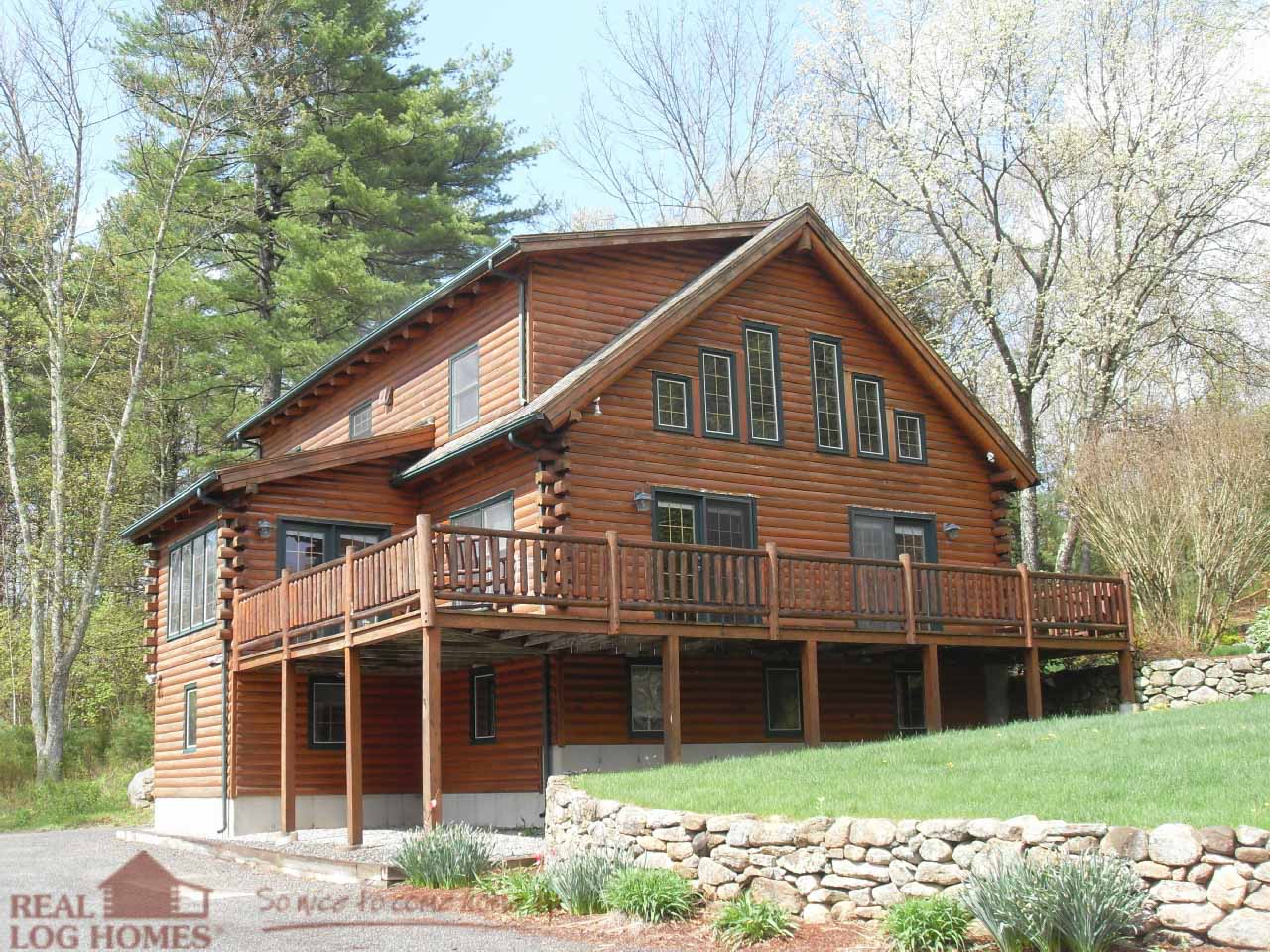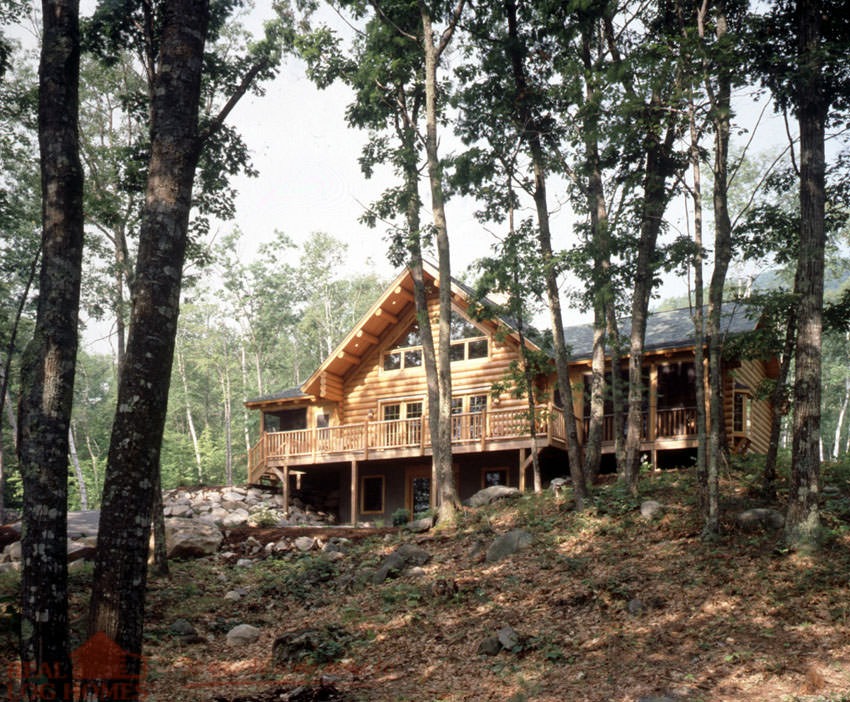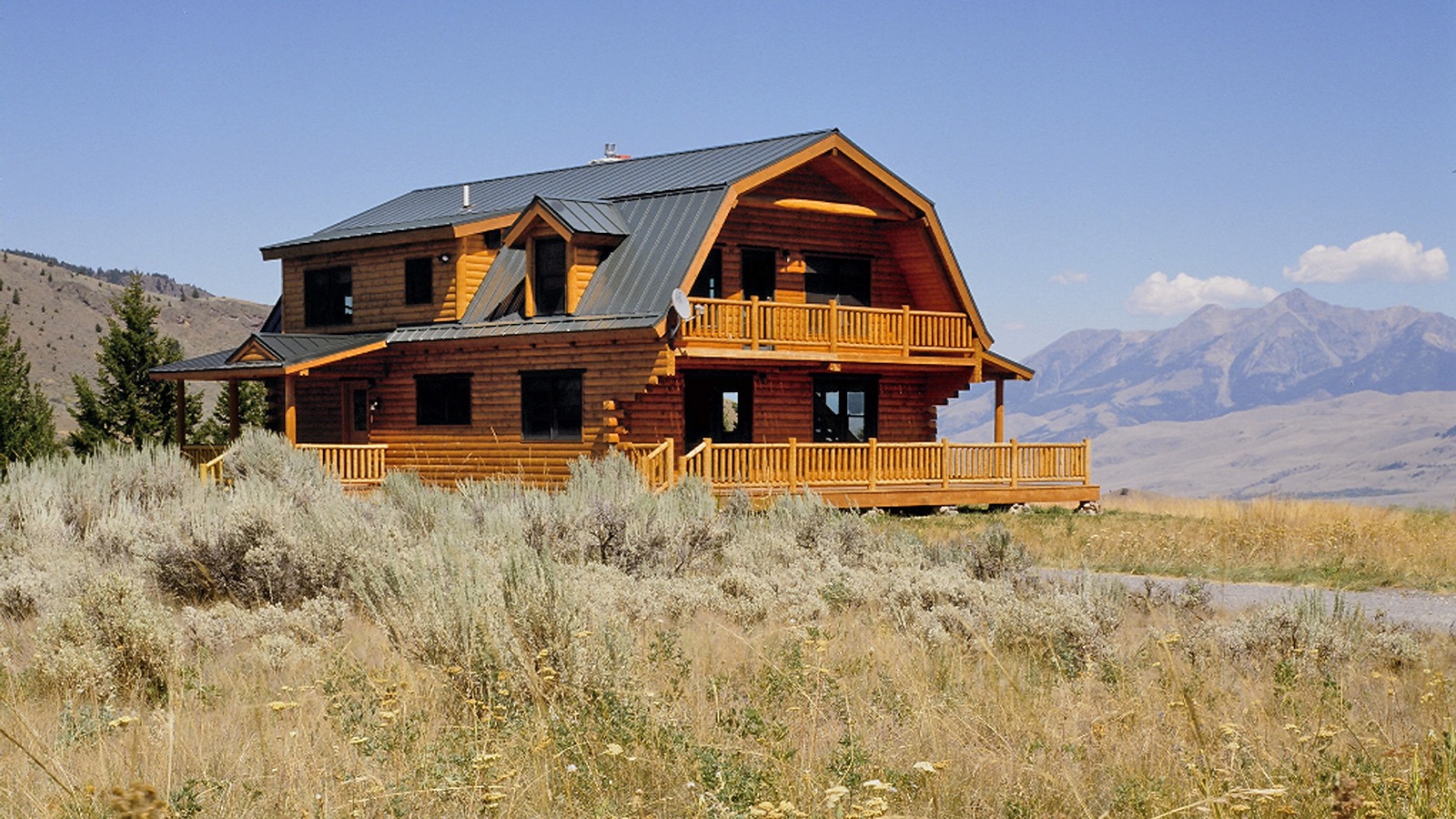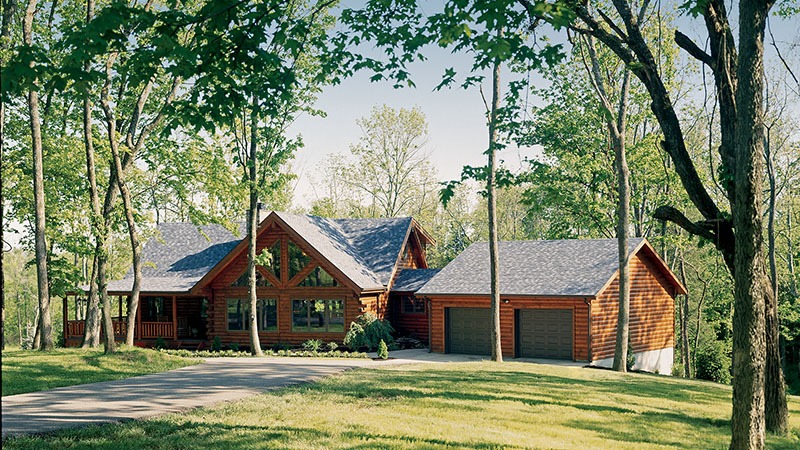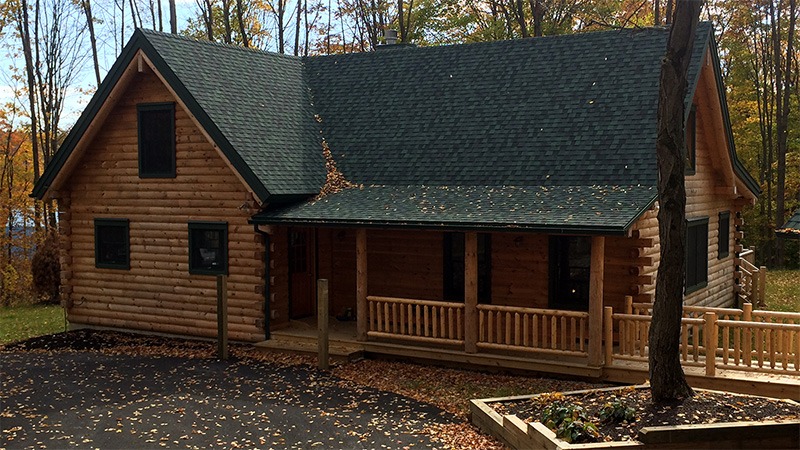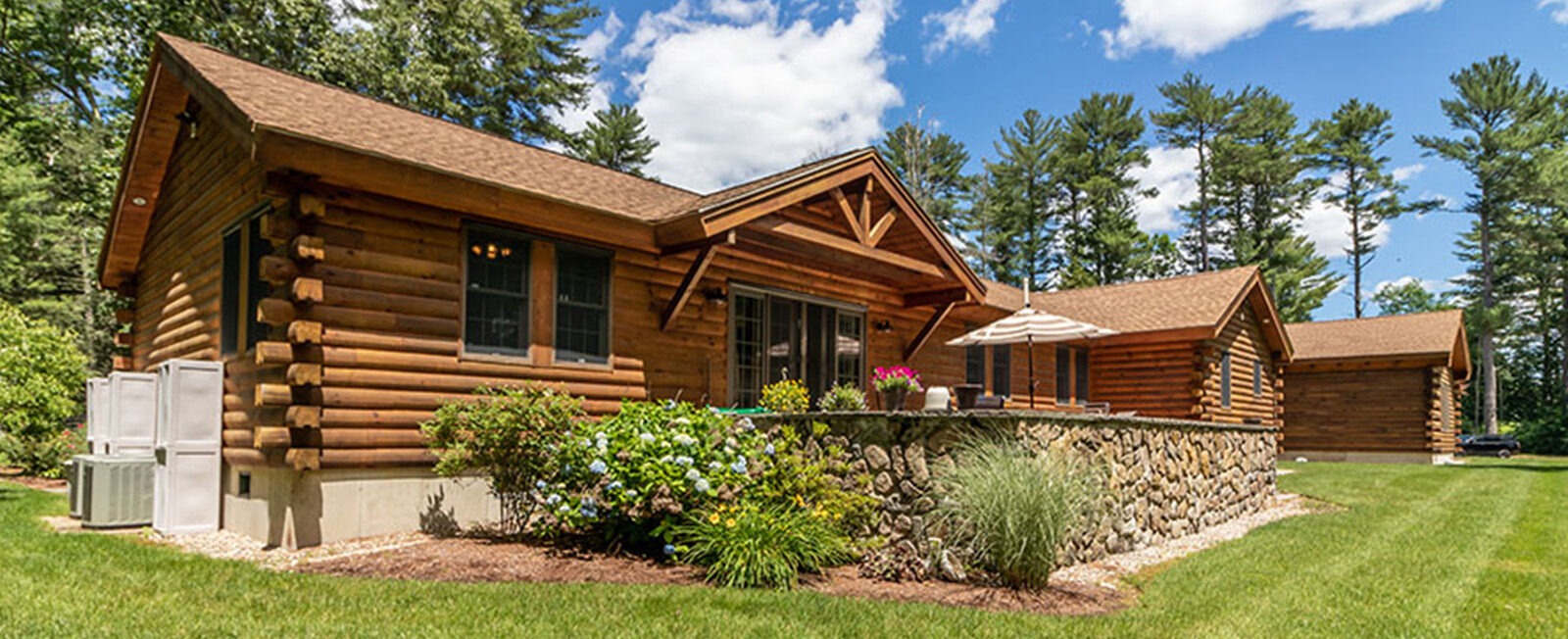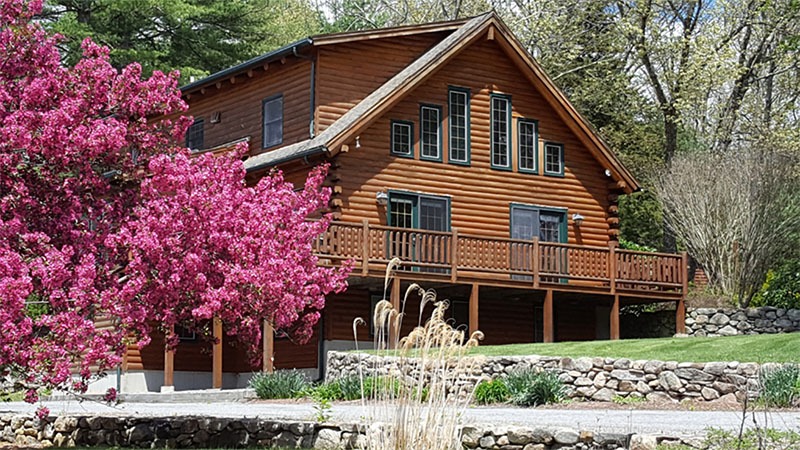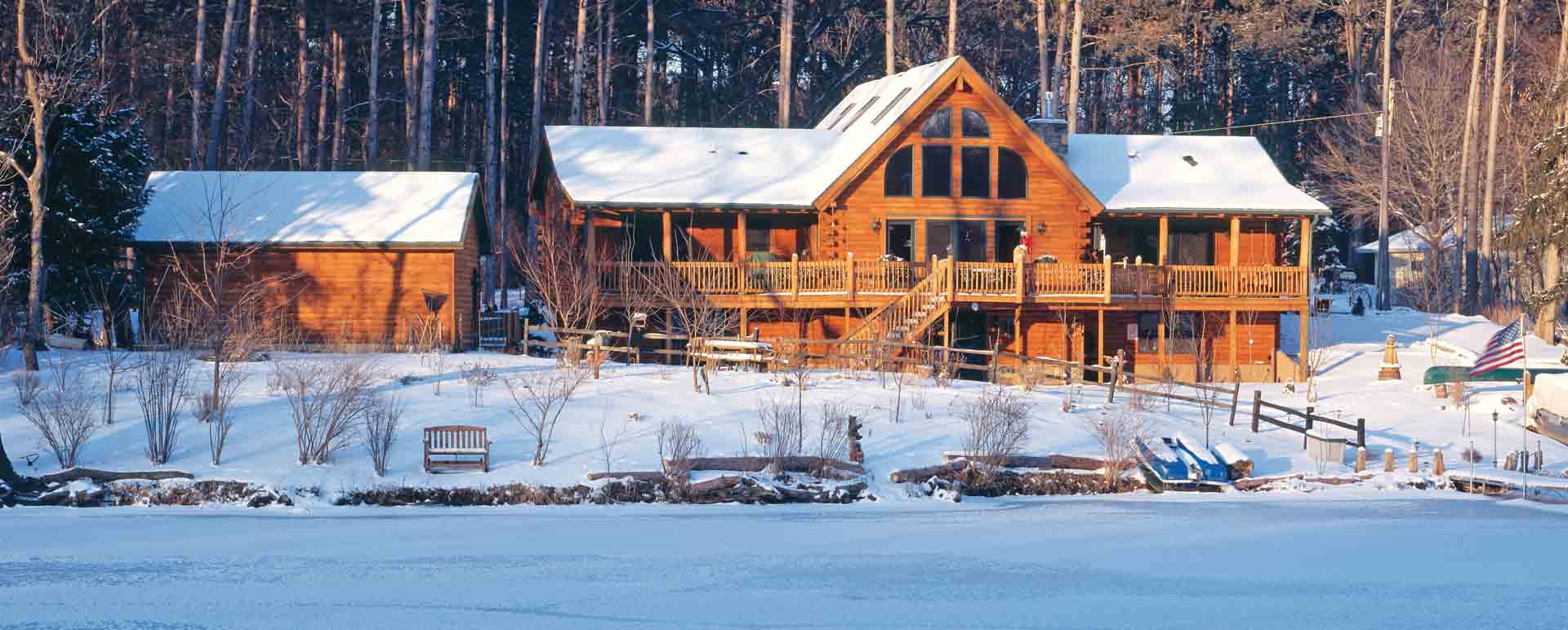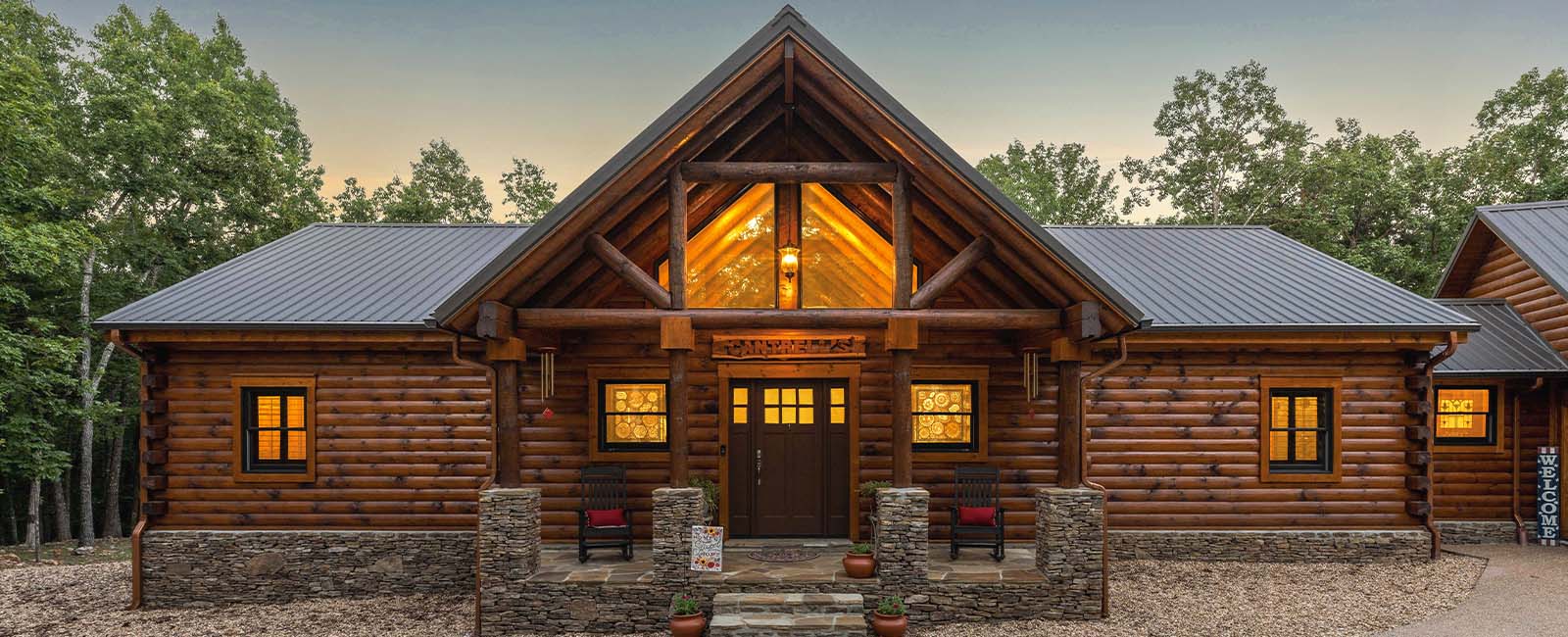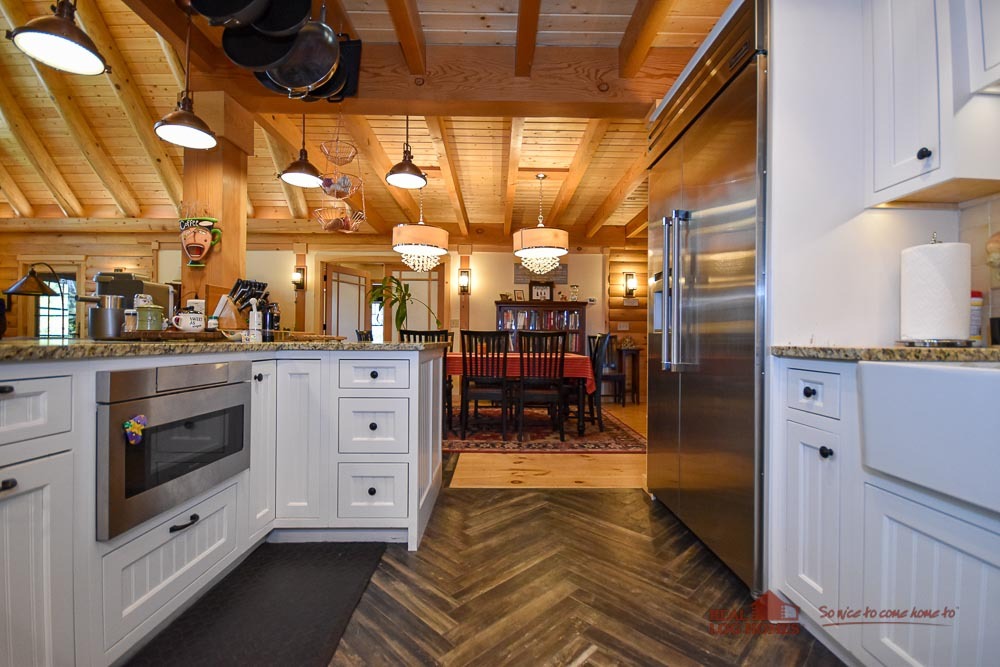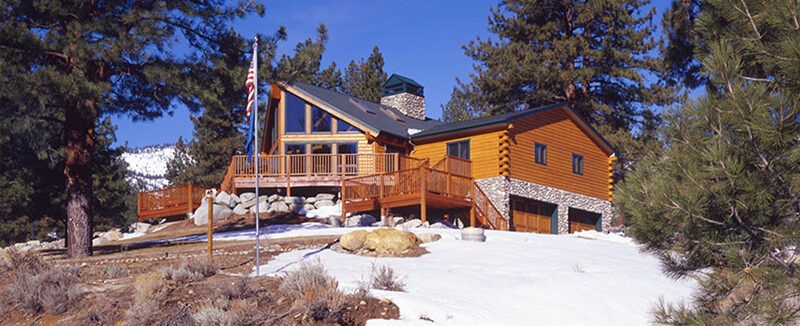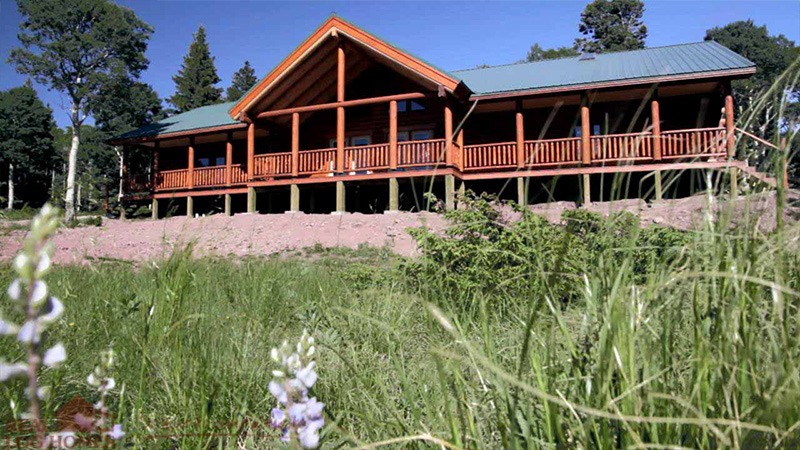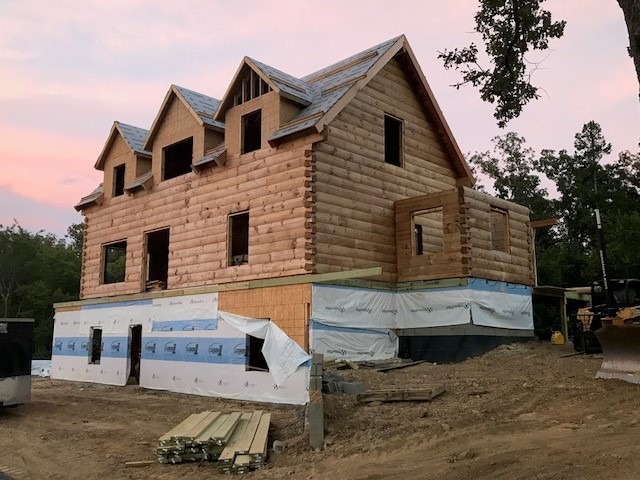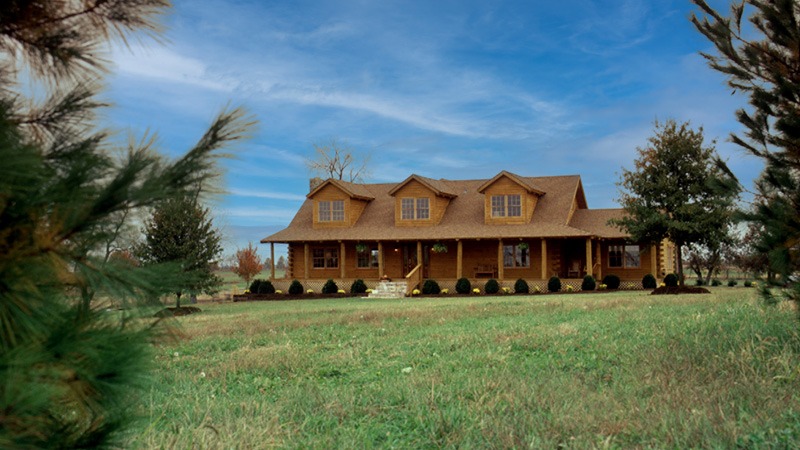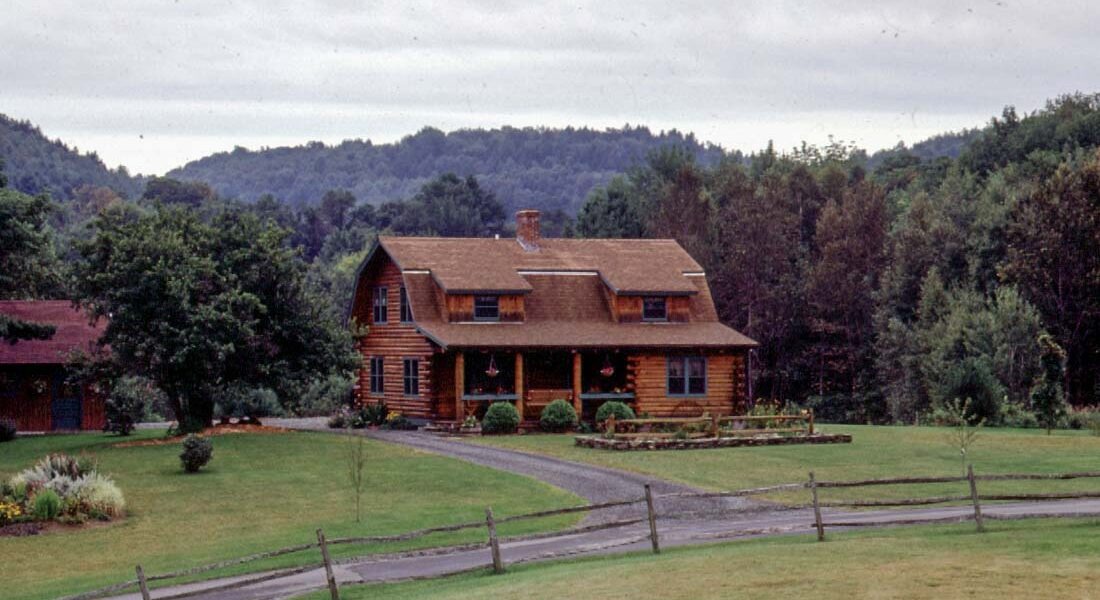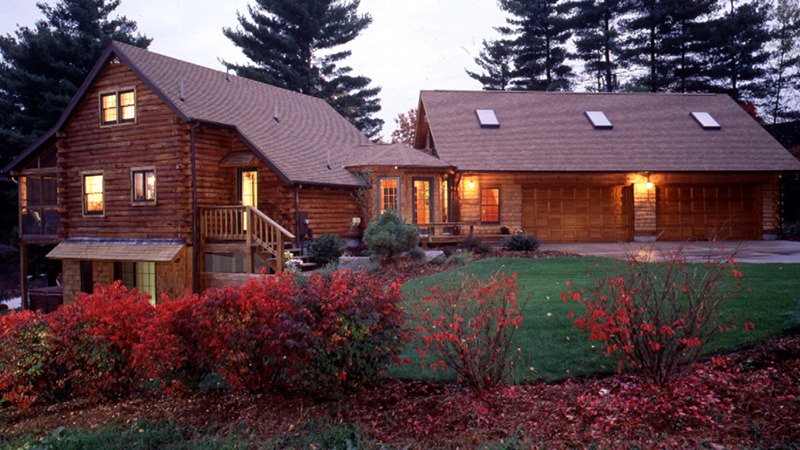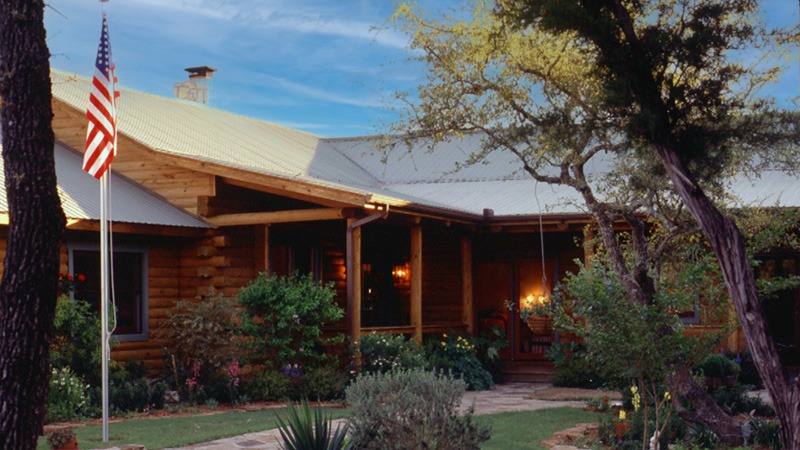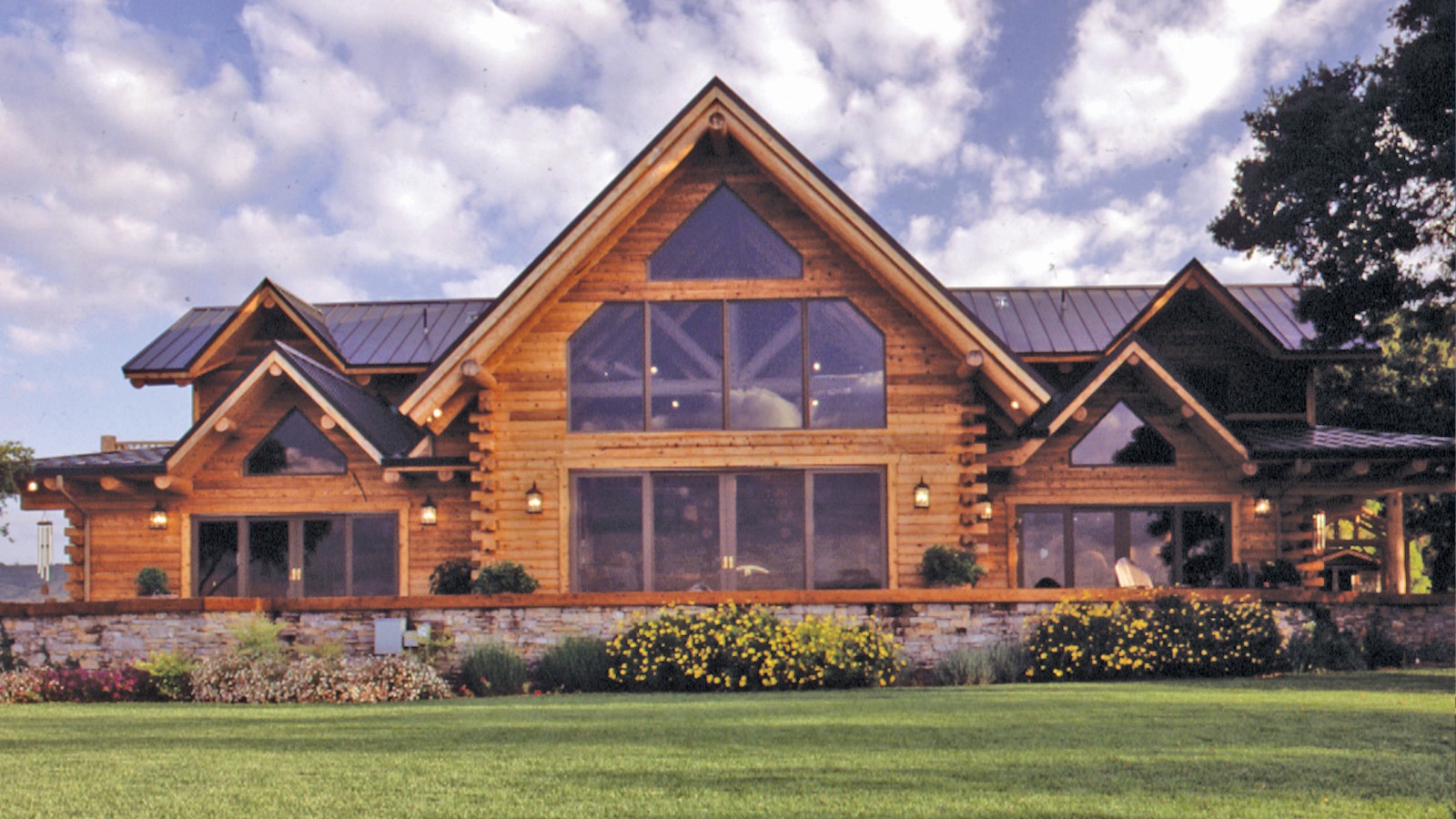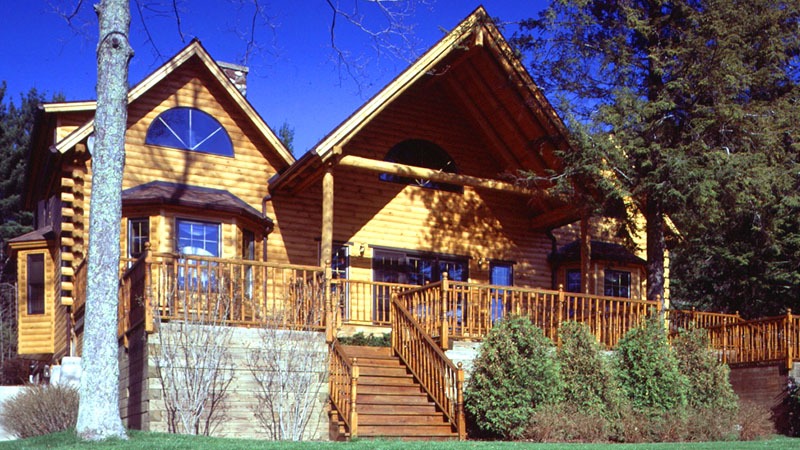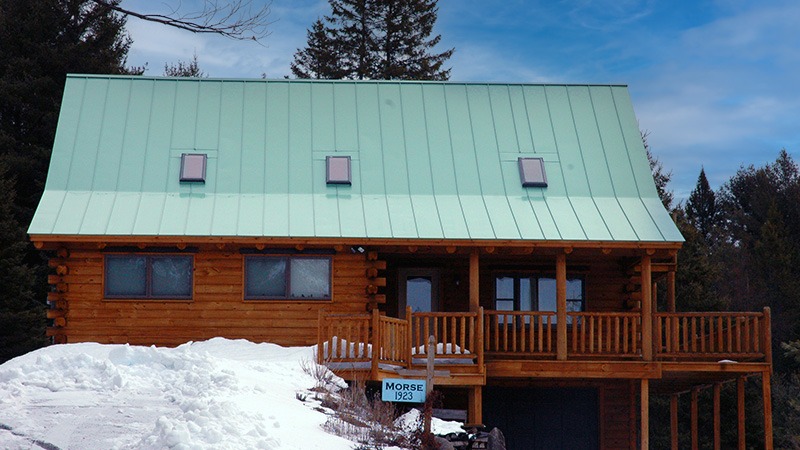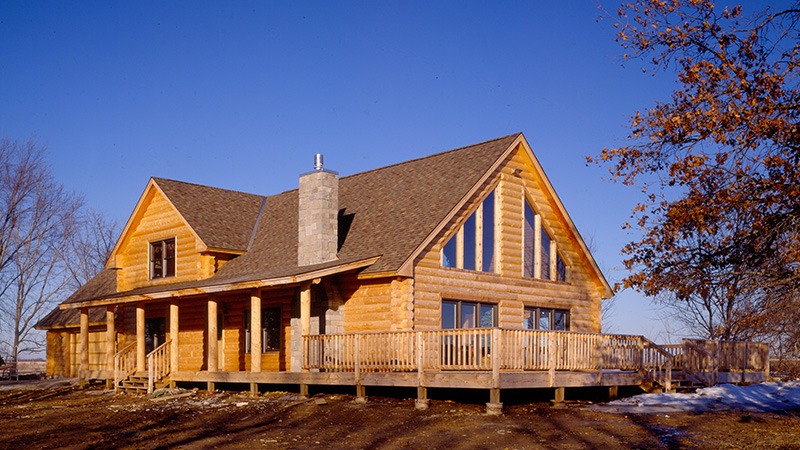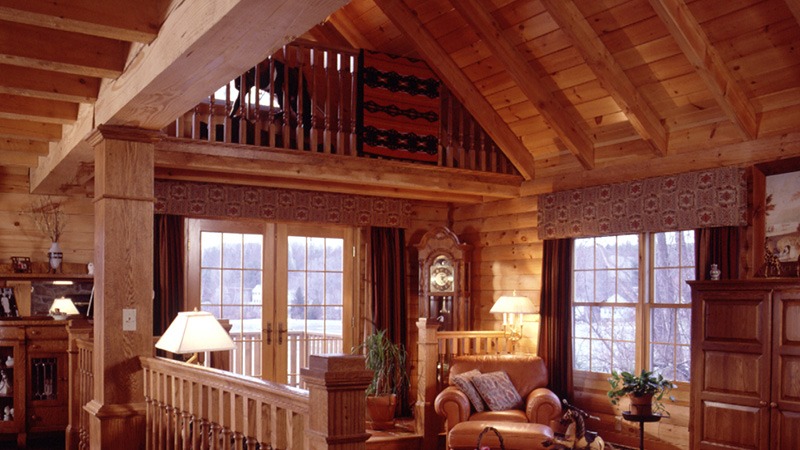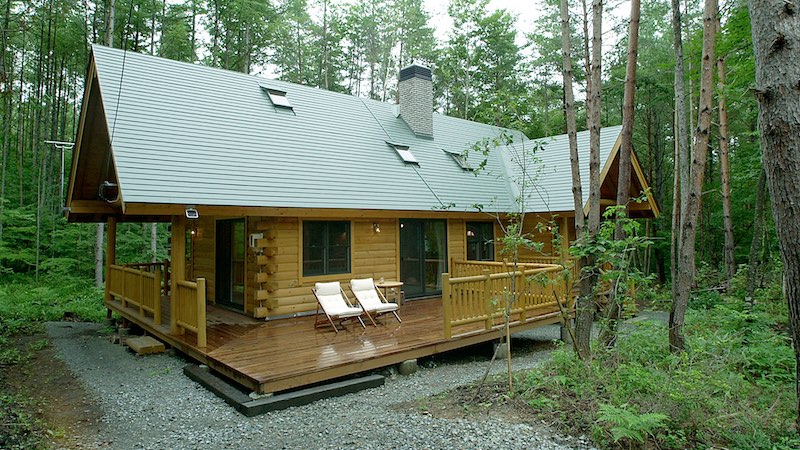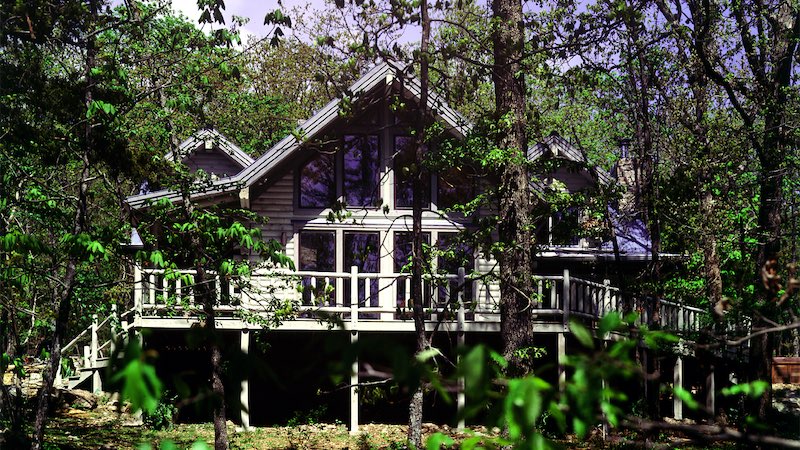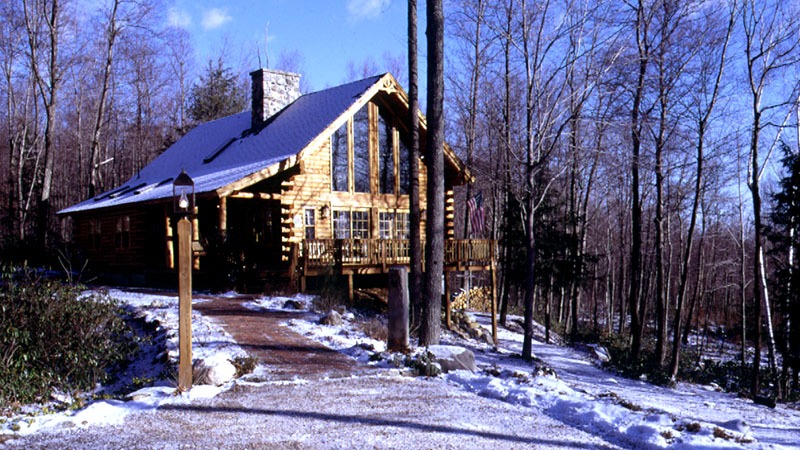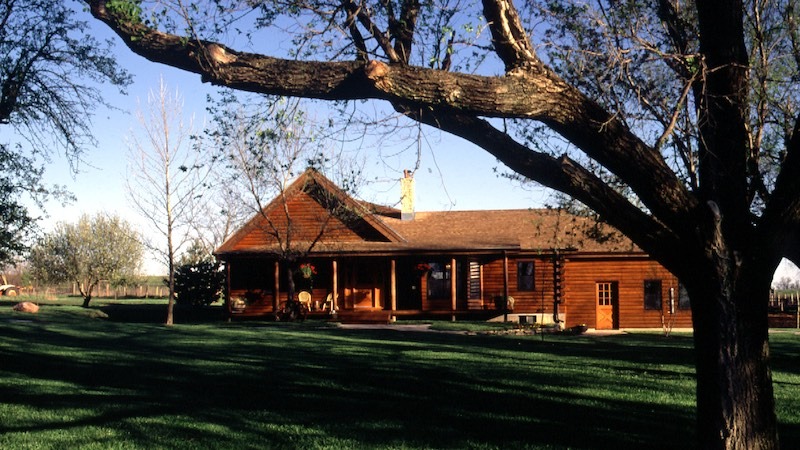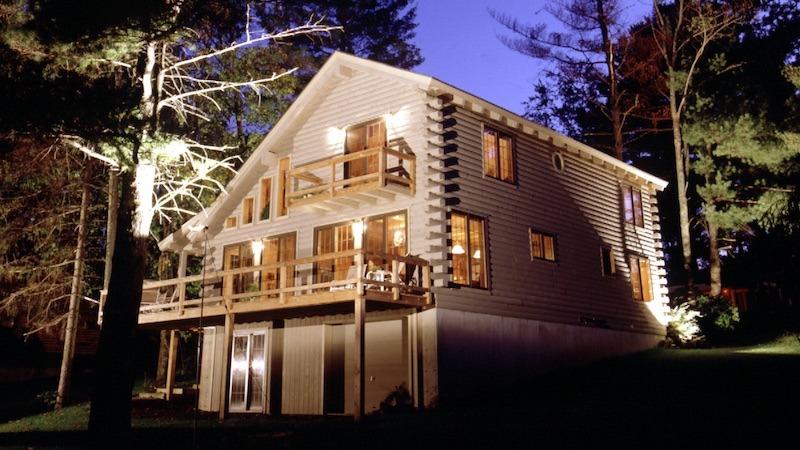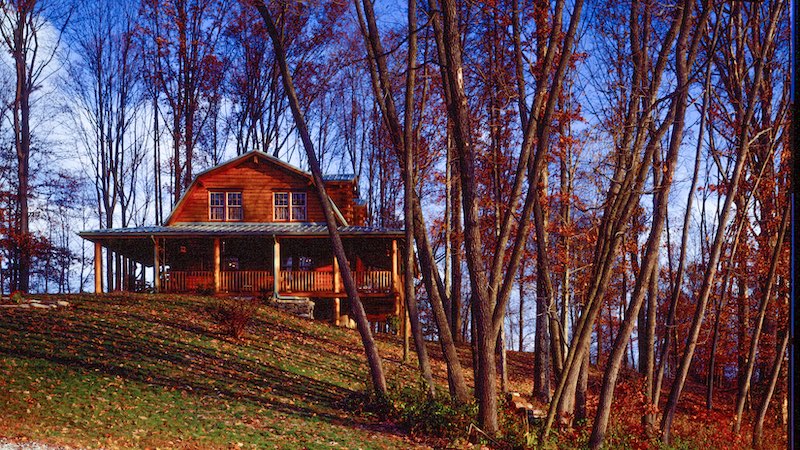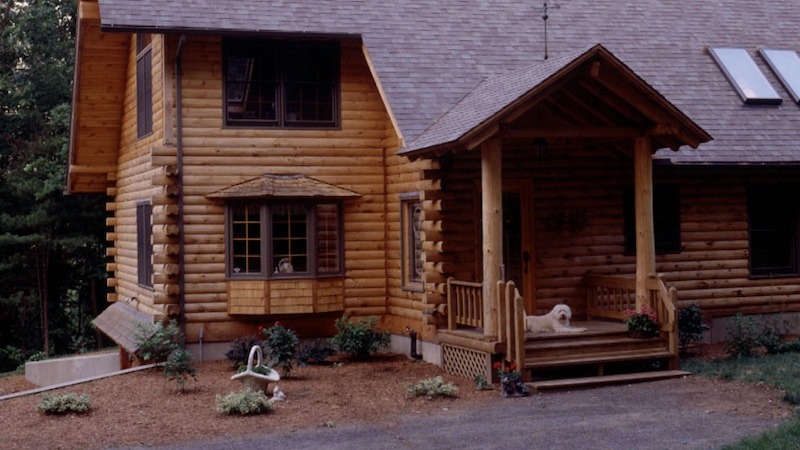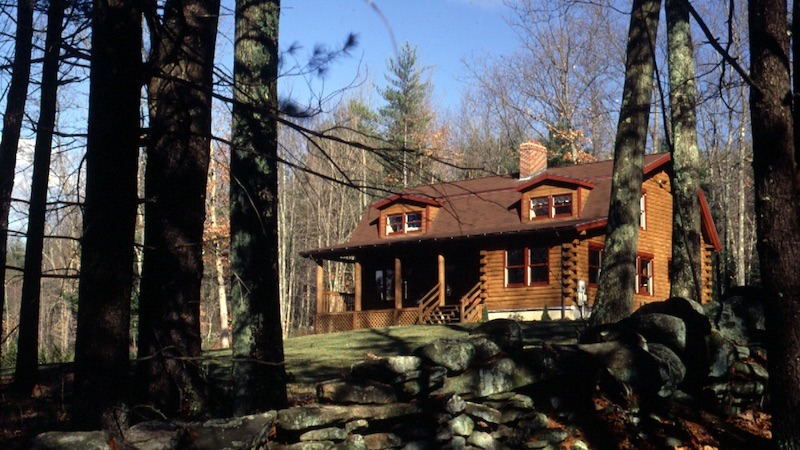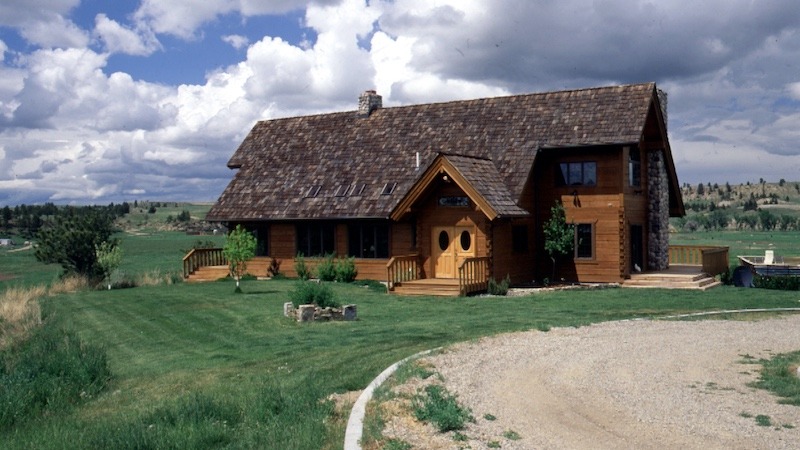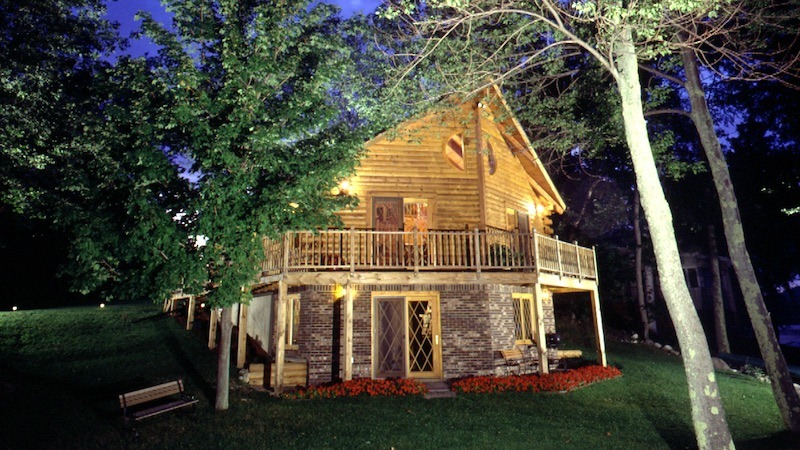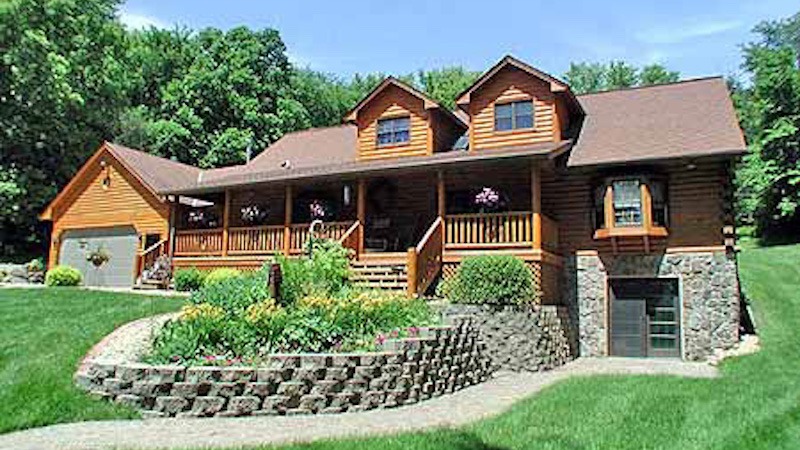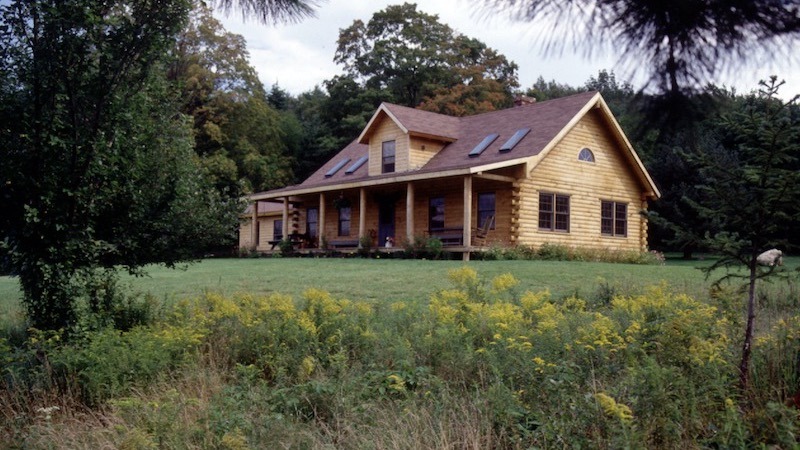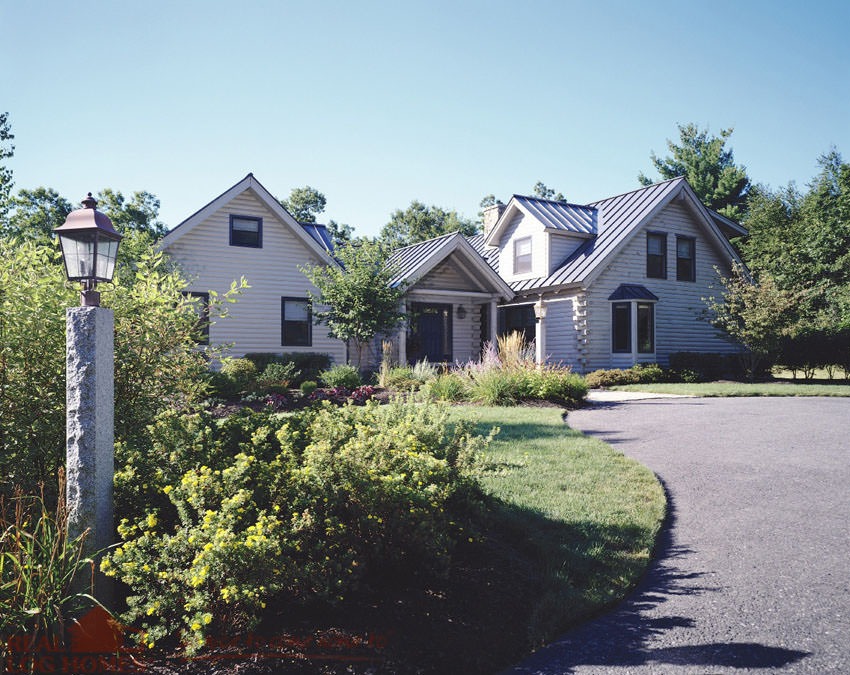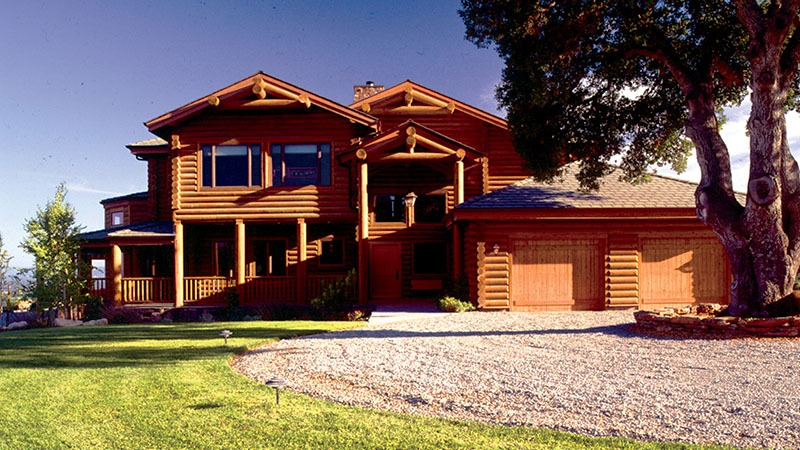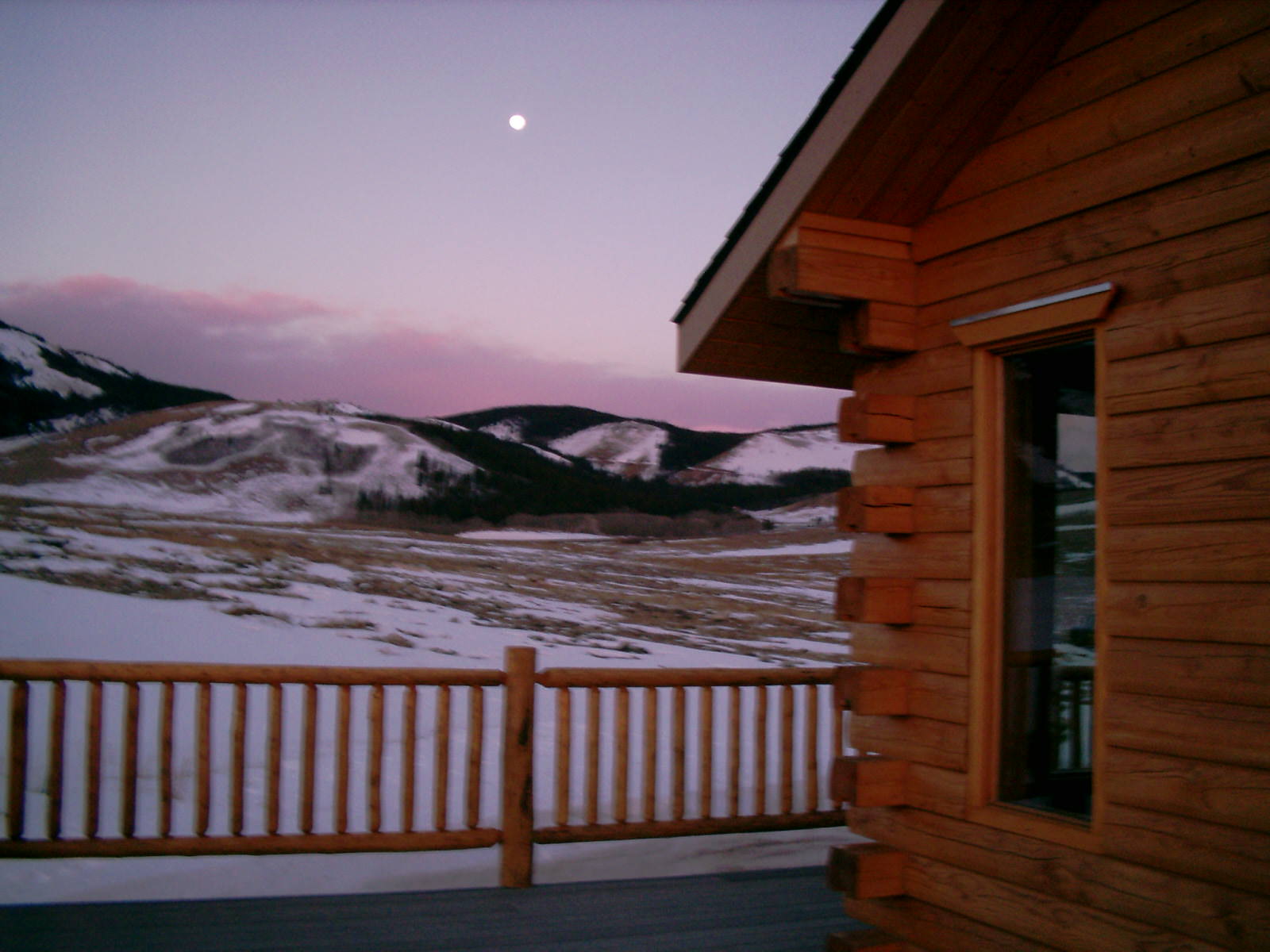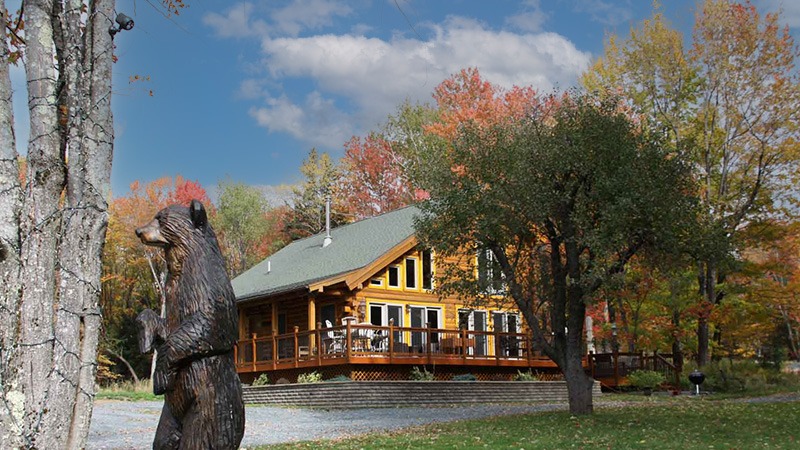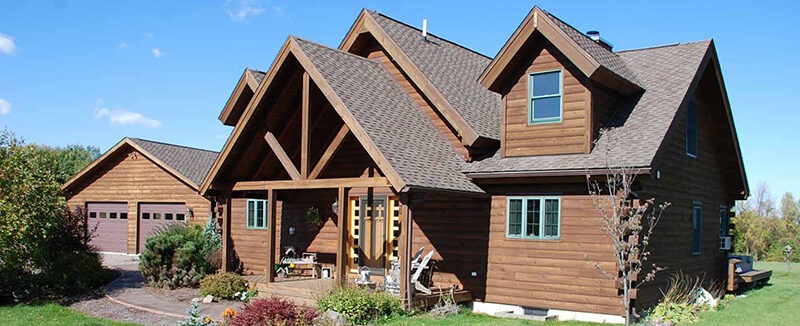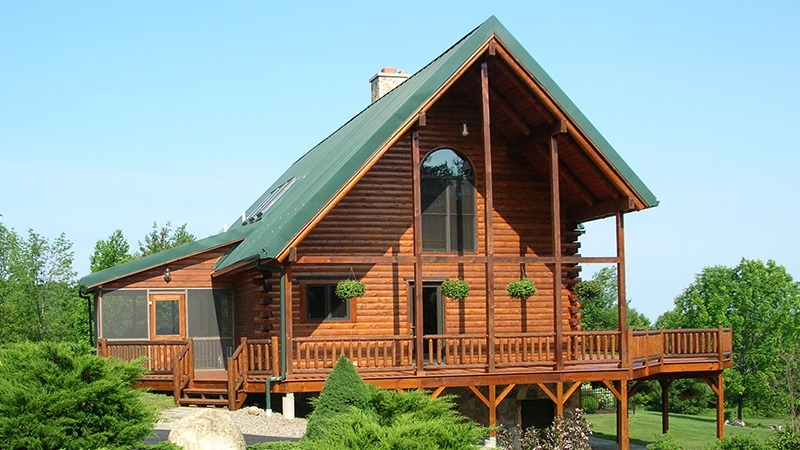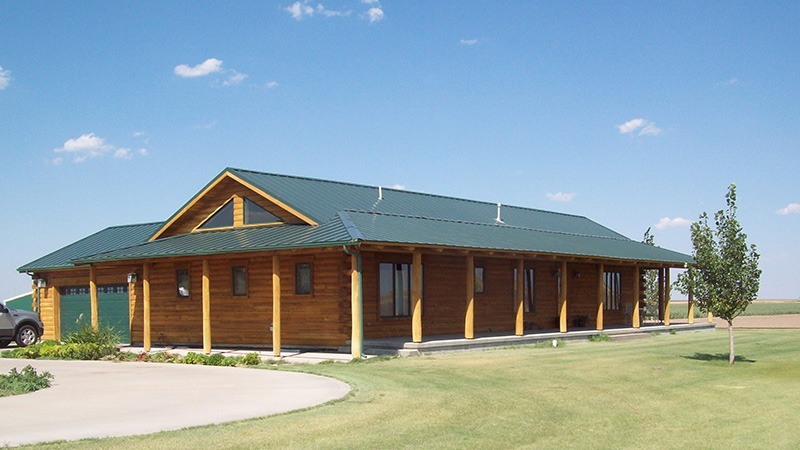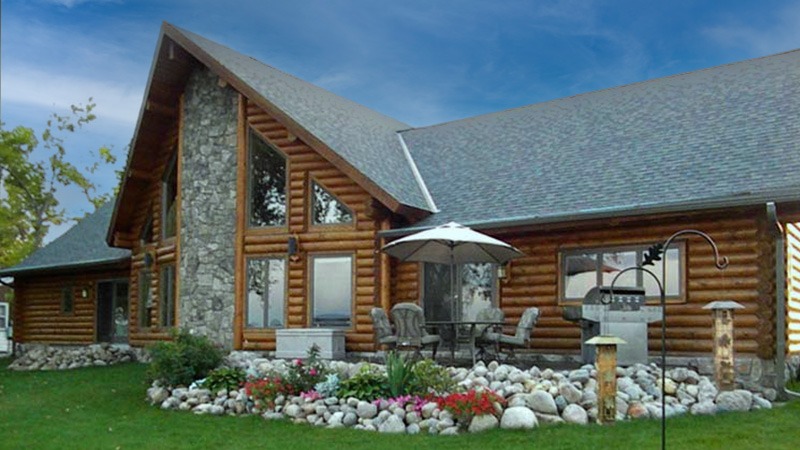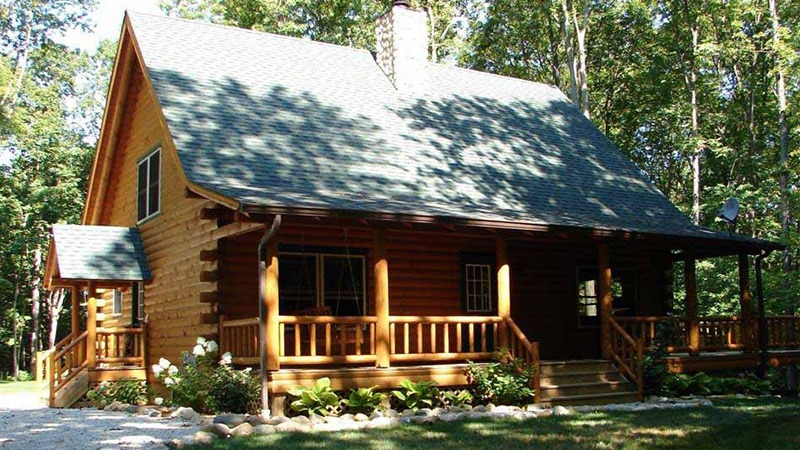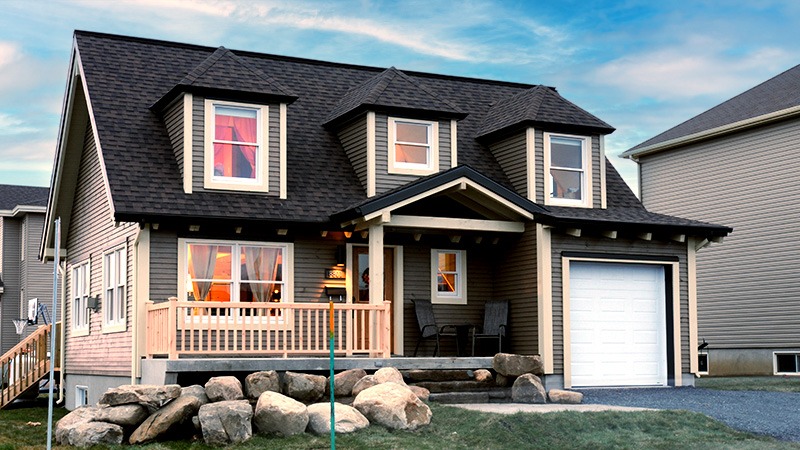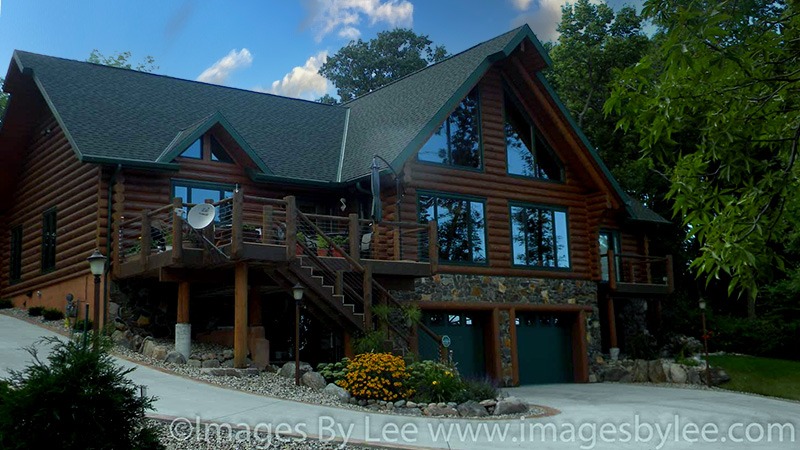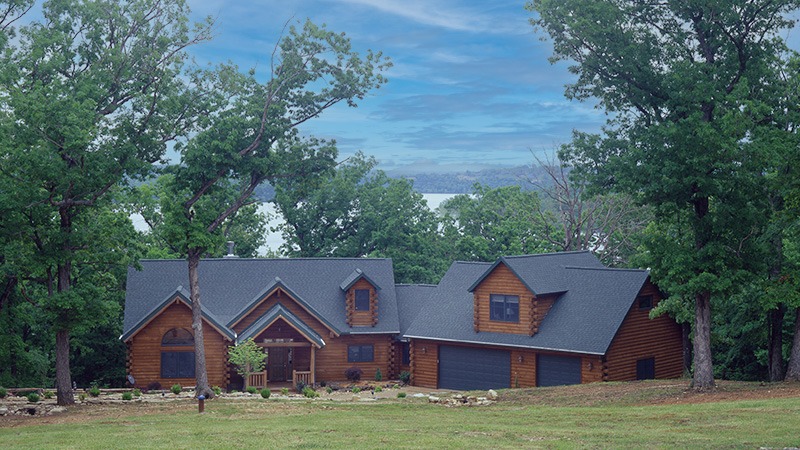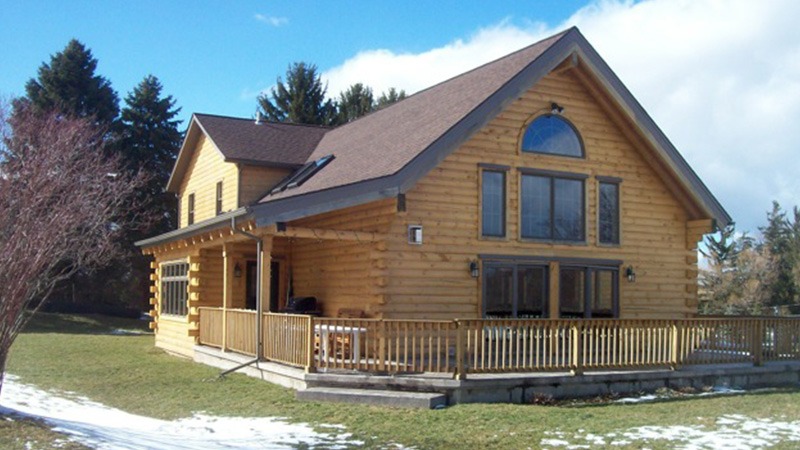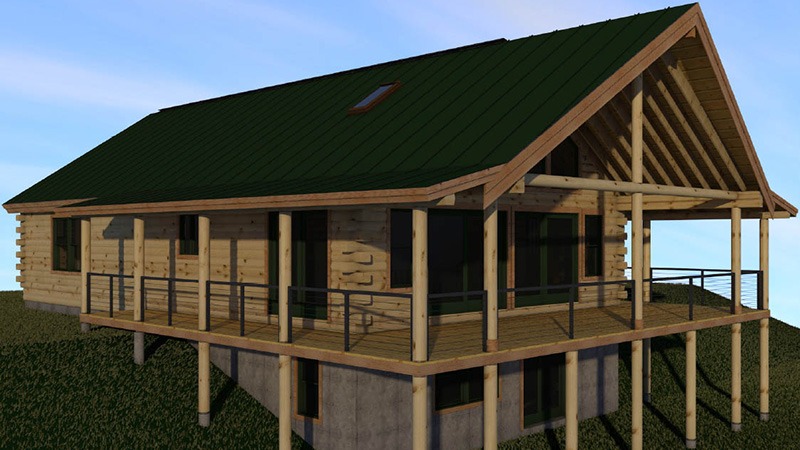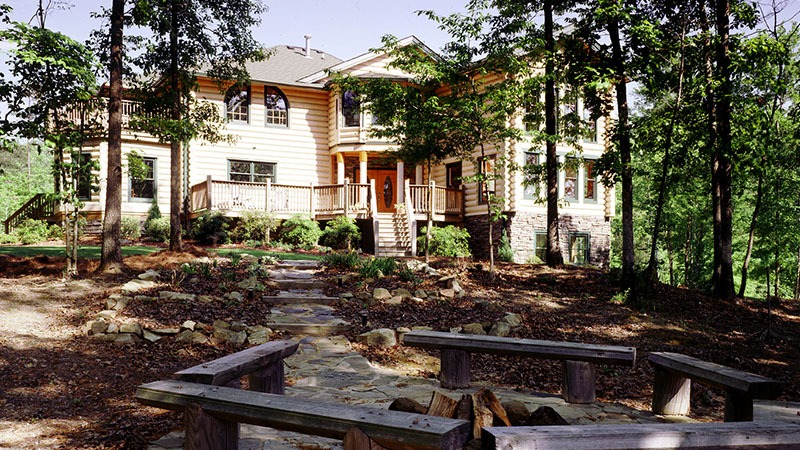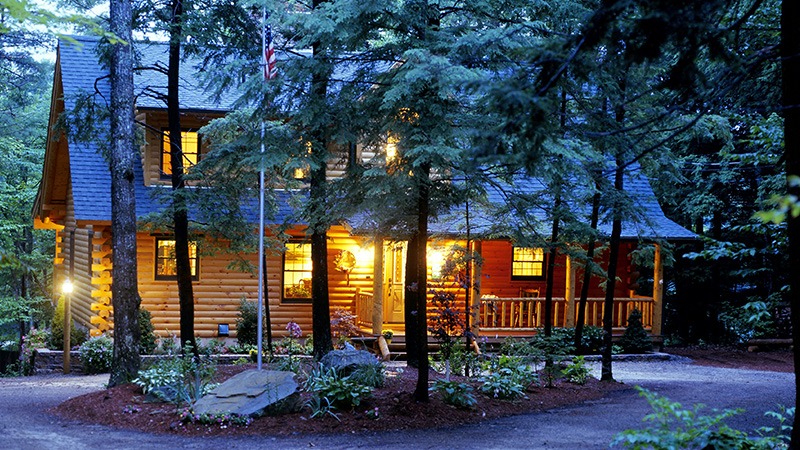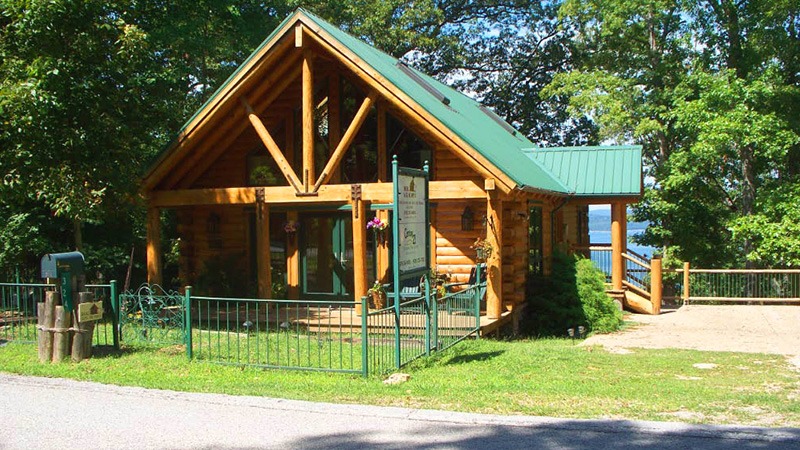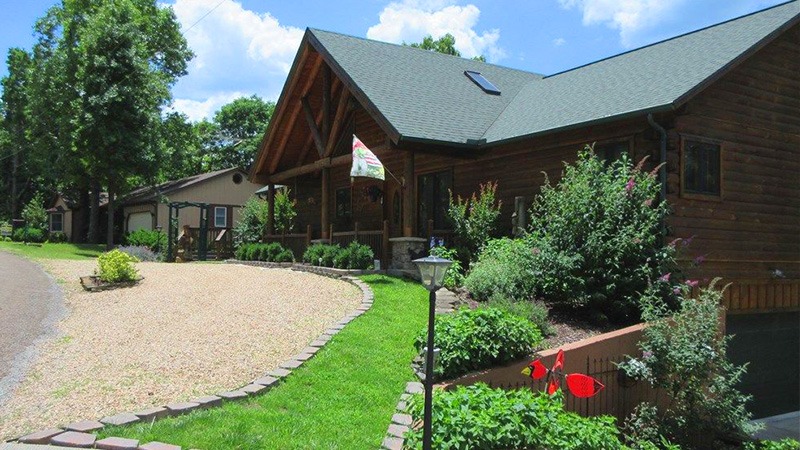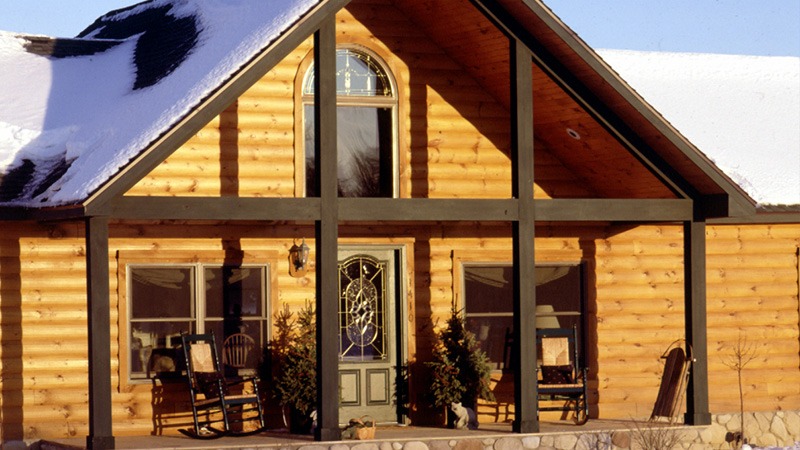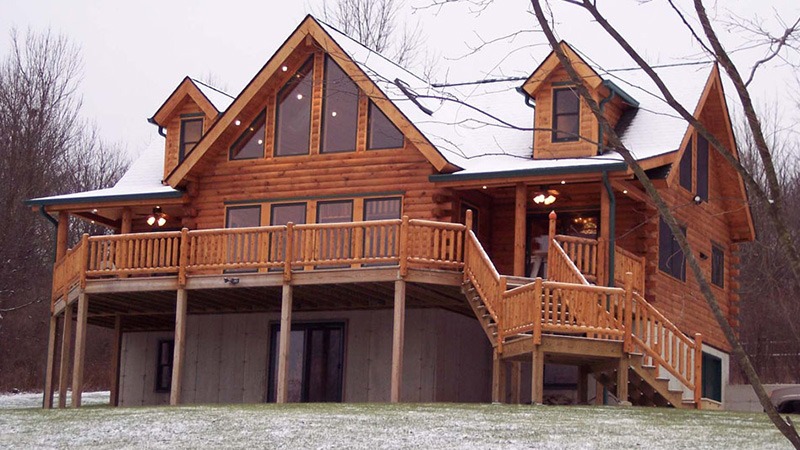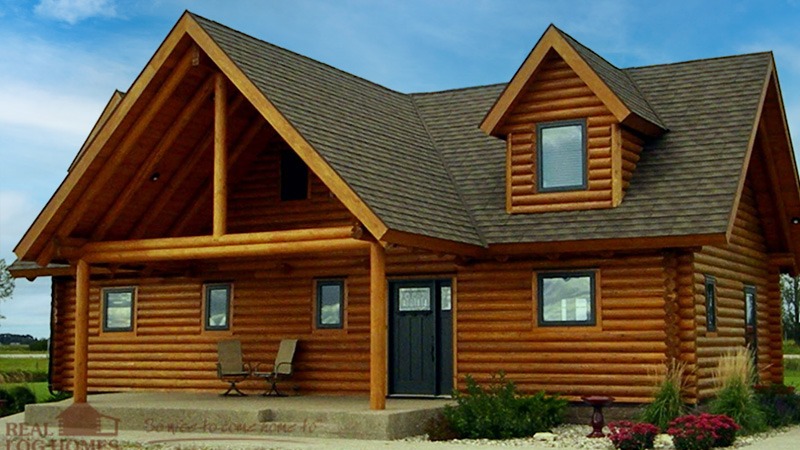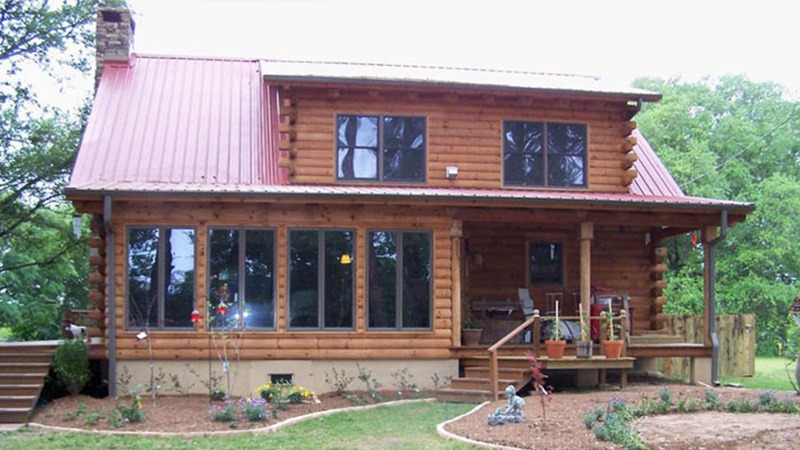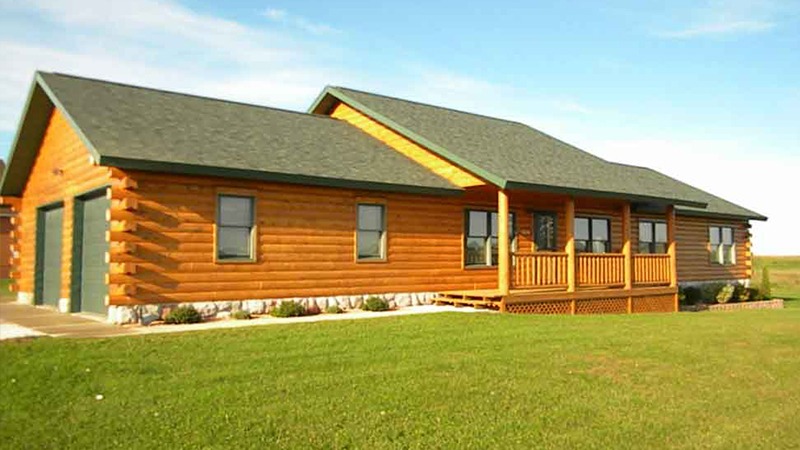If you live in an area with a fairly high population density, you probably have access to a municipal water supply. For those of us who live in the country, however, a well may be the only option for water. In some locations, homeowners must exclusively use an available municipal supply, while in others homeowners can dig a well to supplement the municipal supply. Whether you need to rely on a well or are considering it as a possible supplement to an existing supply, Real Log Home’s customers often have questions about wells. Here are details on a few commonly asked items.
Cost
In keeping with last week’s post, the cost of digging a well is often foremost on a homeowner’s mind. Given the widely varying conditions throughout the country as well as local requirements, costs can vary significantly. If your soil is sandy and the water table is shallow, 100 feet or less below the surface, a driven well can often be used. Since this method simply rams a pipe into the ground, it is cheaper than a drilled well. If the well is deeper than 100 feet or your soil is clay or rocky, then a drilled well is used which requires more expensive equipment.
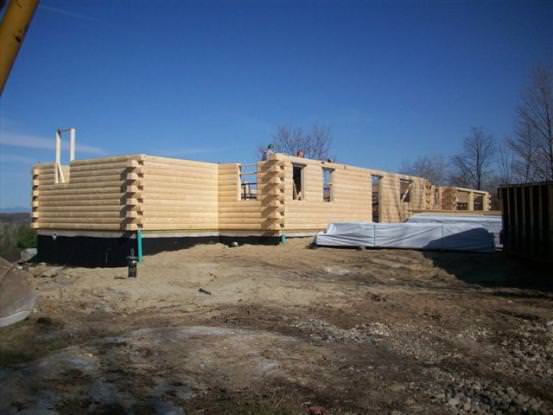
The average cost of drilling, casing, and capping a well runs around $15 to $30 per foot of well depth. The total cost will include additional items like the well pump and its electrical systems as well as a line to the house. Here in New Hampshire, local drilling contractor, Cushing & Sons, estimates the average complete water well system cost is $5,000. Since the total price can vary greatly throughout the country, your local Real Log Home Independent Representative would be happy to put you in touch with a respected local well contractor to determine the cost in your area.
Appearances
Once a water well is complete, there is little evidence for its existence except for the wellhead. While the wellhead typically only sits about a foot or two above the ground, it can be quite the eyesore in the otherwise natural curtilage around the house. If you find the wellhead unsightly, one option is to plant landscaping around it to obscure it from view. Many manufacturers make convincing-looking fake rocks that cover the wellhead but can be easily removed if access is needed.
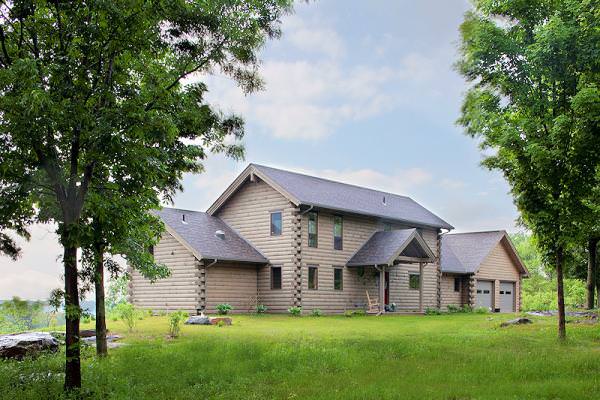
Filtering
In almost all wells, the water will be potable, meaning safe to use and drink. The subsurface water has been filtered through many feet of material like sand and clay, which forms an excellent filter to remove impurities. However, the well water may contain high levels of iron or sulfur compounds in certain areas. While the water is safe to drink, it may be unpleasant to use. If this is the case in your area, installing a whole-house water filter is a reasonably inexpensive way to help your water taste great.
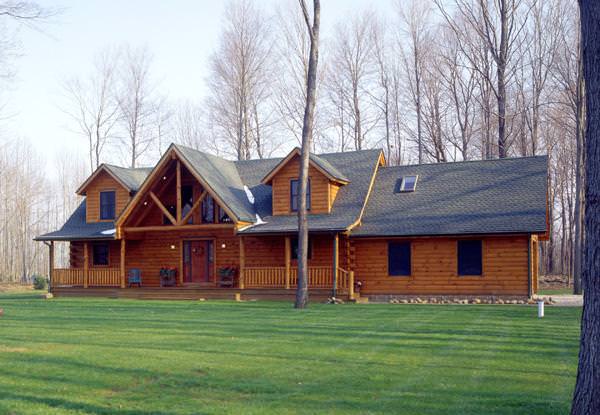
If you already own a log home and are looking to add or upgrade a well we hope you found this information helpful. If you need a brand new log home as well as a well to supply it, please call Real Log Homes today or fill out the form below for more information.
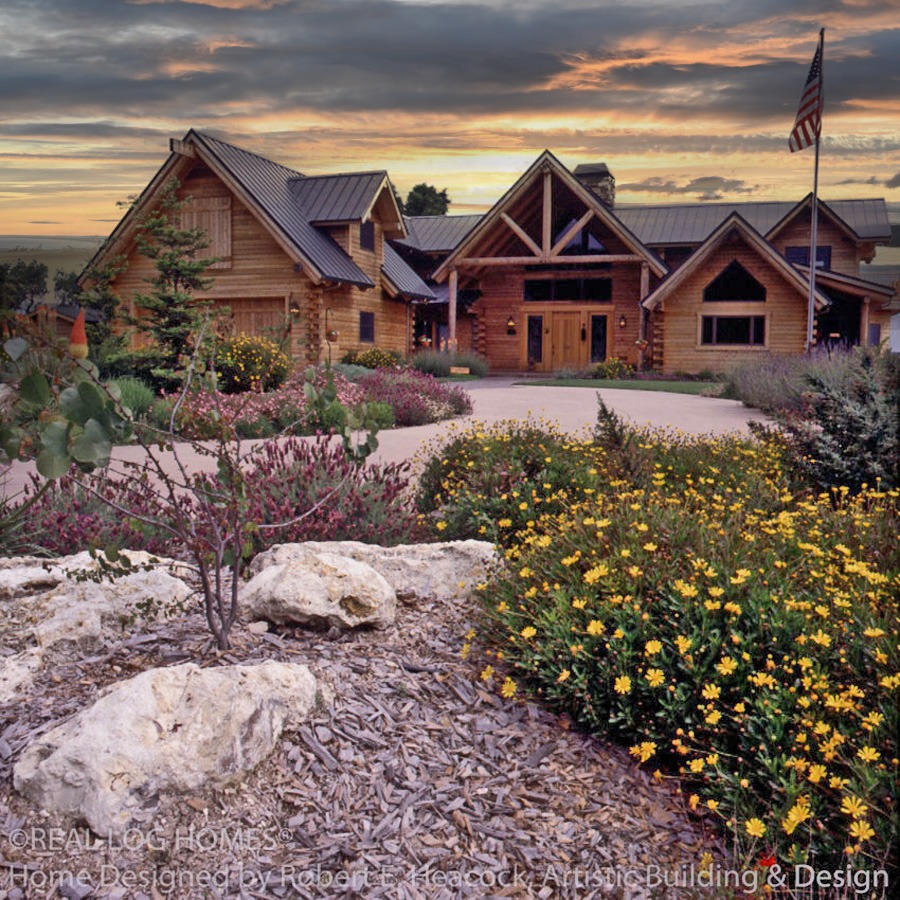
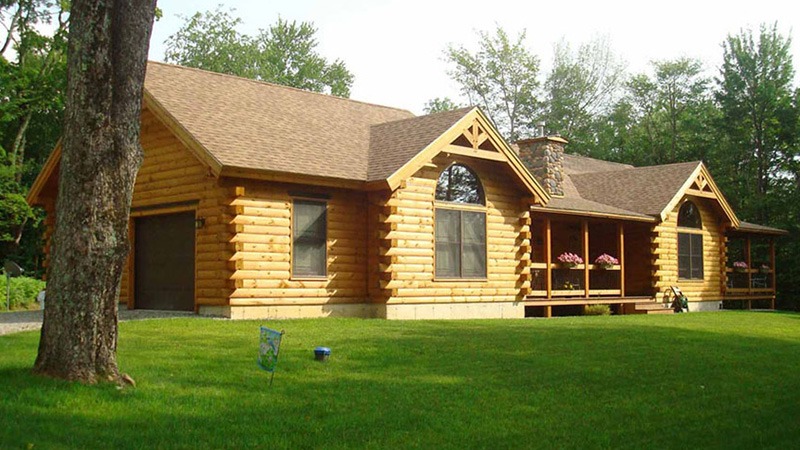
![[KAB-IN] Vermont - Renovated 1972 Real Log Homes Rental Cabin](https://realloghomes.com/wp-content/uploads/2019/03/Cavendish-KAB-IN-Woodstock-VT-51.jpg)
